
Visa and entry requirements Libya:
Passport required
German citizens need a visa to enter Libya. However, tourist visas have no longer been issued since 2011.
Information from the Foreign Office about your trip to Libya:
https://www.auswaertiges-amt.de/de/libyensicherheit/219624
Libya is a country in North Africa with around 6.6 million inhabitants. The country is the fourth largest country on the African continent in terms of area and borders Algeria and Tunisia to the west, Chad and Niger to the south, Sudan and Egypt to the east and the Mediterranean to the north. The official language of Libya is Arabic and the national currency is the Libyan dinar, where 1 euro corresponds to around 1.70 LYD.
The largest cities in the country include Tripoli, Benghazi, Misrata, Tobruk, Sabha, Bani Walid, Al-Sawija, Sirte, Ajdabiya, Al-Baida, Al-Marj, Tarhuna, Al-Aziziyya, Al-Khums and Darna.
Approximately 84% of Libya's territory is occupied by the Sahara desert. At almost 60 degrees Celsius, the Libyan desert area is one of the hottest places in the world, with the highest temperatures ever recorded. The country's largest peak is in the south on the border with Chad, with the 2,267 meter high Bikku Bitti. There are no permanent rivers in Libya, only wadis that occasionally carry water. This makes Libya one of the few countries in the world with this rare phenomenon. Due to this sometimes great heat, the animal world only contains the typical species of the dry areas, such as jackals, hyenas, gazelles, desert foxes, birds of prey, wild asses, hares, scorpions, snakes and gerbils.
The population of Libya consists partly of Arabs, Berbers and nomads. The residents almost exclusively profess the Islamic state religion.
Libya has the richest oil and gas reserves in Africa and was the richest country on the African continent until the end of the Muammar Al Gaddafi era in 2011.
Due to the difficult political situation, tourism in Libya is practically insignificant at the moment. The country has some interesting tourist attractions to offer, such as the ancient cities of Sabrata, Cyrene, Leptis Magna or the famous oasis city of Ghadames.
The capital and largest city of Libya is Tripoli with around 2.2 million inhabitants. Tripoli, located in the northwest on the Mediterranean, is at the same time the economic, political and cultural center of Libya. The most important sights in Tripoli include the Roman Arch of Honor for Emperor Marcus Aurelius, the Islamic Museum, the Karamanli Mosque, the Natural History Museum, the fortress of as-Saraya Al-Hamra, the former Cathedral of Tripoli, the Algeria Square, the Gamal -Abdel Nasser Mosque, the Spanish harbor fortress, the Gurgi Mosque, the former governor's or royal palace, the old town, Martyrs' Square, the Maidan al Jazair Mosque, the Al-Majidya Mosque, the fish market and the Cemetery of the Nameless, for the many people who drowned while fleeing to Europe.
In November 2018 I traveled to Libya for three days, my last of 57 African countries. I ended up fighting for the most difficult visa in the entire travel world for almost two years, with exactly seven visits to a Libyan embassy. Because tourist visas have no longer been issued since the start of the war in 2011, I applied for a business visa from the only remaining Libyan travel agency, of which there were around 300 before the war. This visa, which was expressly not intended for tourist purposes, declared me to be a consultant for oil and gas matters. This makes this Libya visa by far the most expensive of all the visas I have obtained worldwide.
After the long-awaited granting of my visa, I finally flew to Tripoli via Tunis a week later. These flights can also only be booked through an agency, possibly to increase the level of difficulty even further. Without the professional help of a travel company employee at the Tunis airport, I probably wouldn't have even been able to board the plane to Libya. Especially at this time, there were many fake Libya visas in circulation due to the numerous smuggling gangs and human traffickers, so I needed a security identification number in addition to the existing visa. Libya is considered the most important transit country for refugees and migrants on the way to Europe.
When I finally arrived in Tripoli, I was picked up at the airport by a driver from the travel agency and later handed over to my two tour guides and protectors at the hotel. On the first evening, after dinner, we visited the impressive Italian quarter, having a delicious local tea in a cafe under the Roman arch.
The next morning a full day cultural excursion was on the agenda. First we drove to Al-Khums, about 120 kilometers away, to admire the breathtaking 1,800-year-old ruins of Leptis Magna. This truly fascinating ancient Italian city had no other visitors apart from us and was very impressive. Having seen a lot of this world, Leptis Magna is definitely one of the 20 best historical attractions in the world for me. To be honest, I would not have expected such a cultural highlight in Libya in this form.
After the return journey and subsequent lunch, we visited the old town and the remaining important sights of Tripoli in the afternoon. Luckily the old town was pretty empty on this Friday and was therefore ideal for photos.
Basically what was very striking about Libya was its huge garbage problem, the mostly dirty cars and the countless security checks that felt like they were there after every kilometer. For me, Libya was definitely one of the dirtiest countries in the world, if not the world leader in this category. Another side effect, photography in the capital Tripoli was generally forbidden due to the high police presence; this rule also applied to locals.
After this interesting and unforgettable stay in Libya, I went back to Tunis the next day.

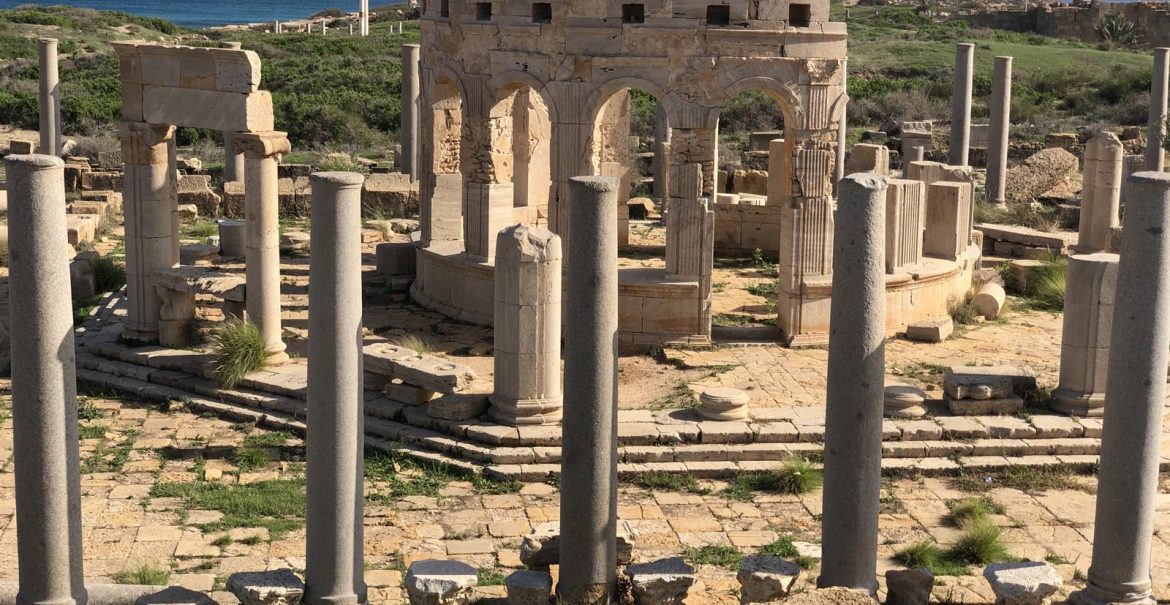

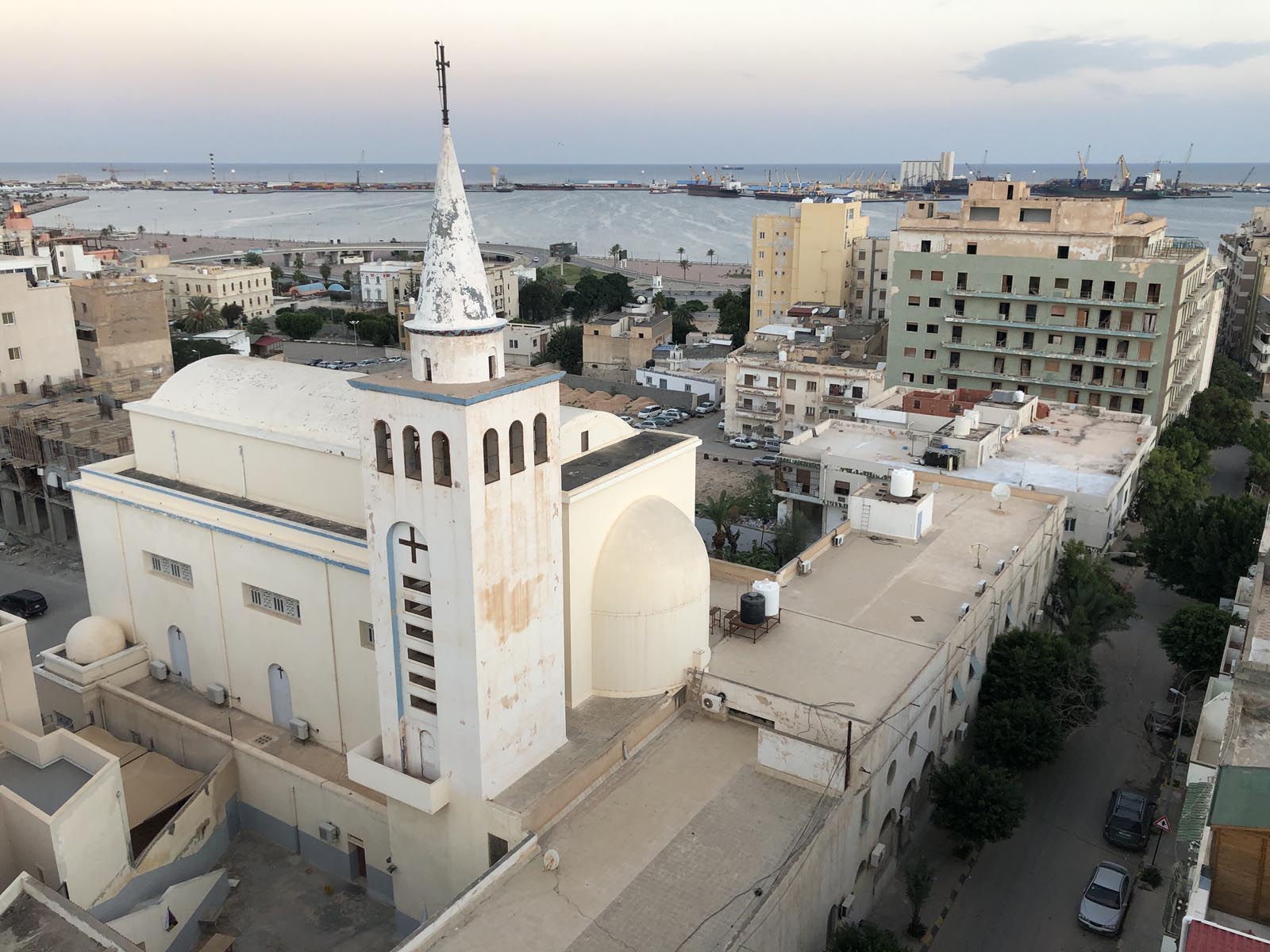
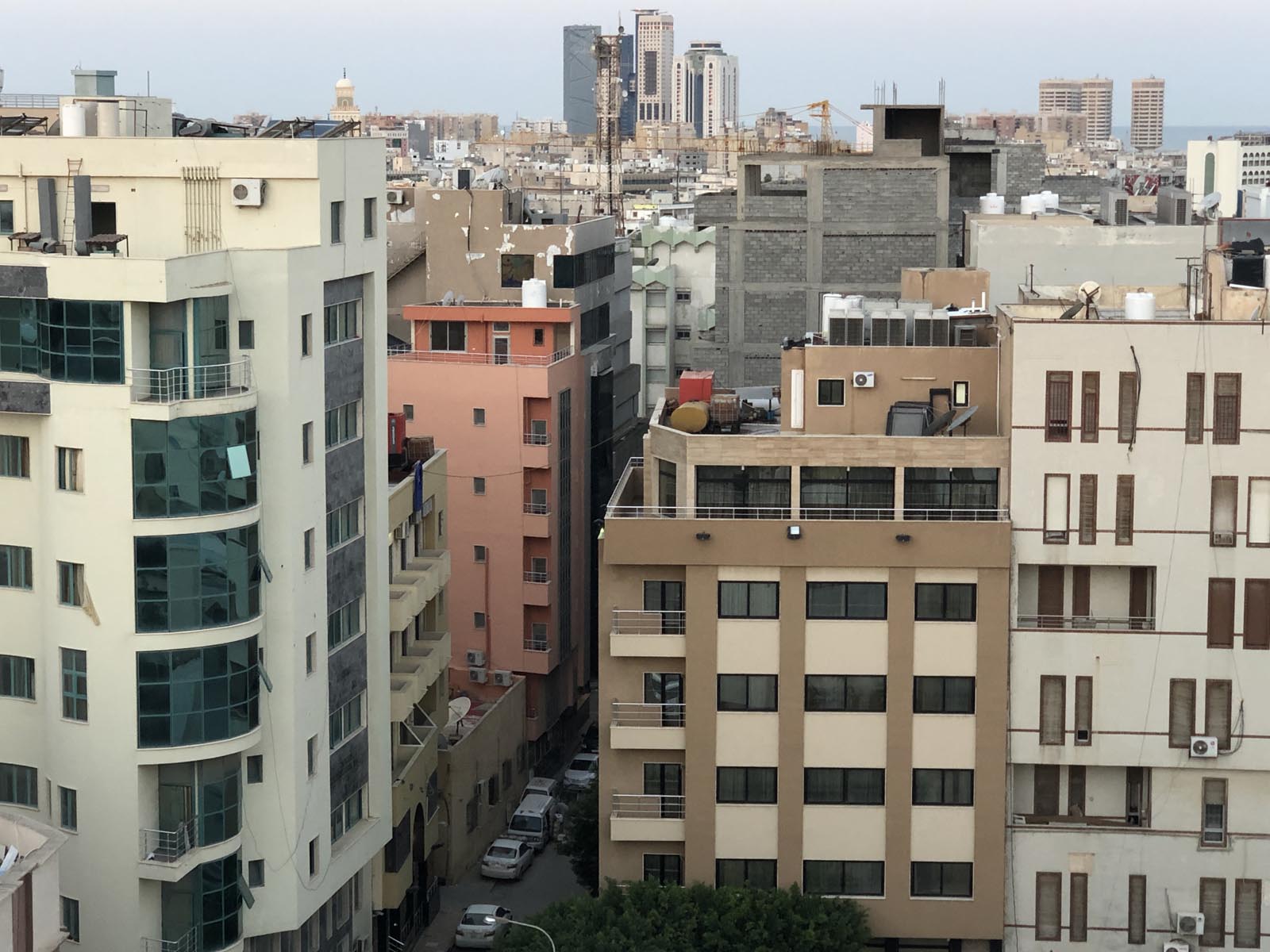
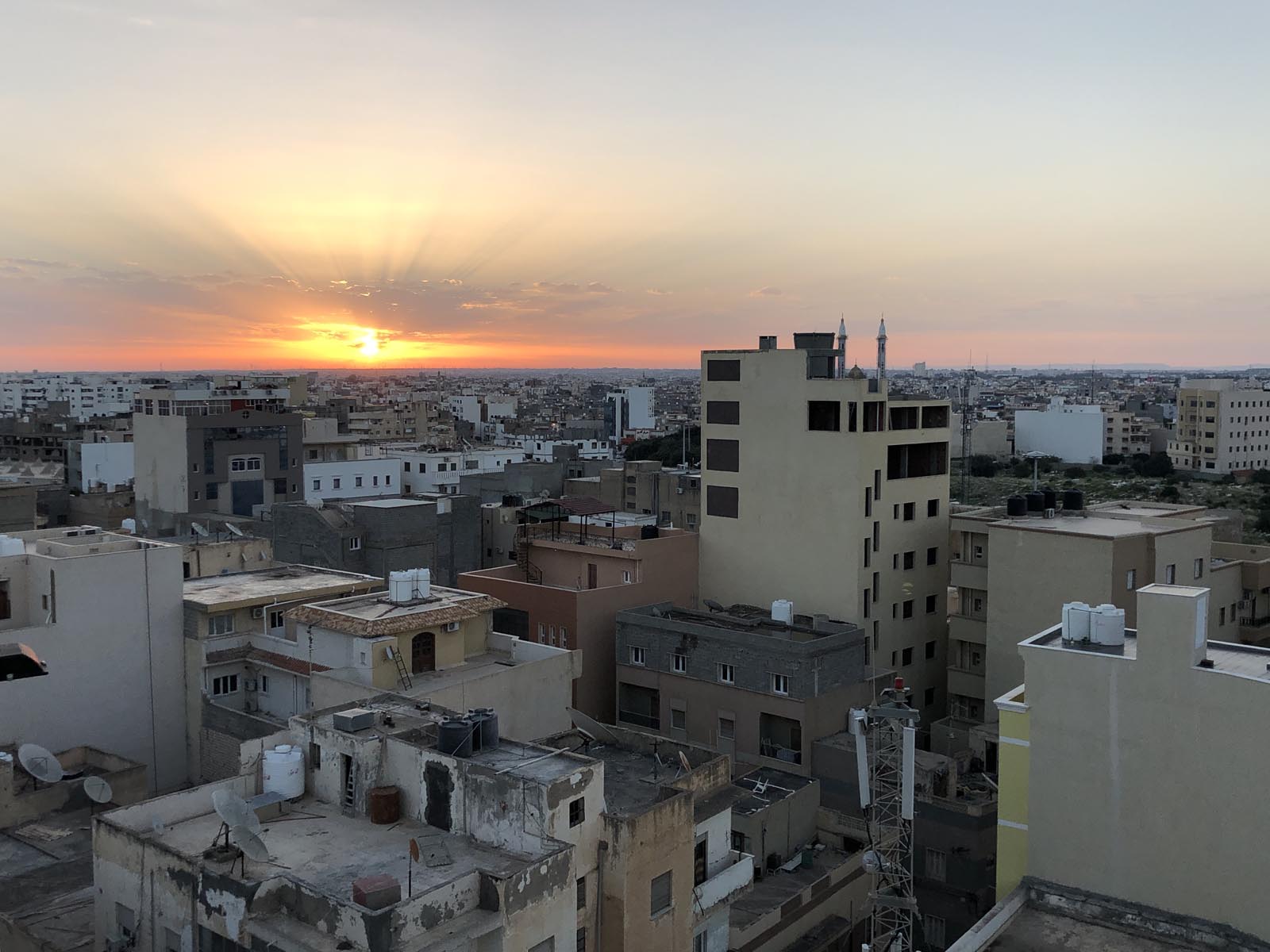
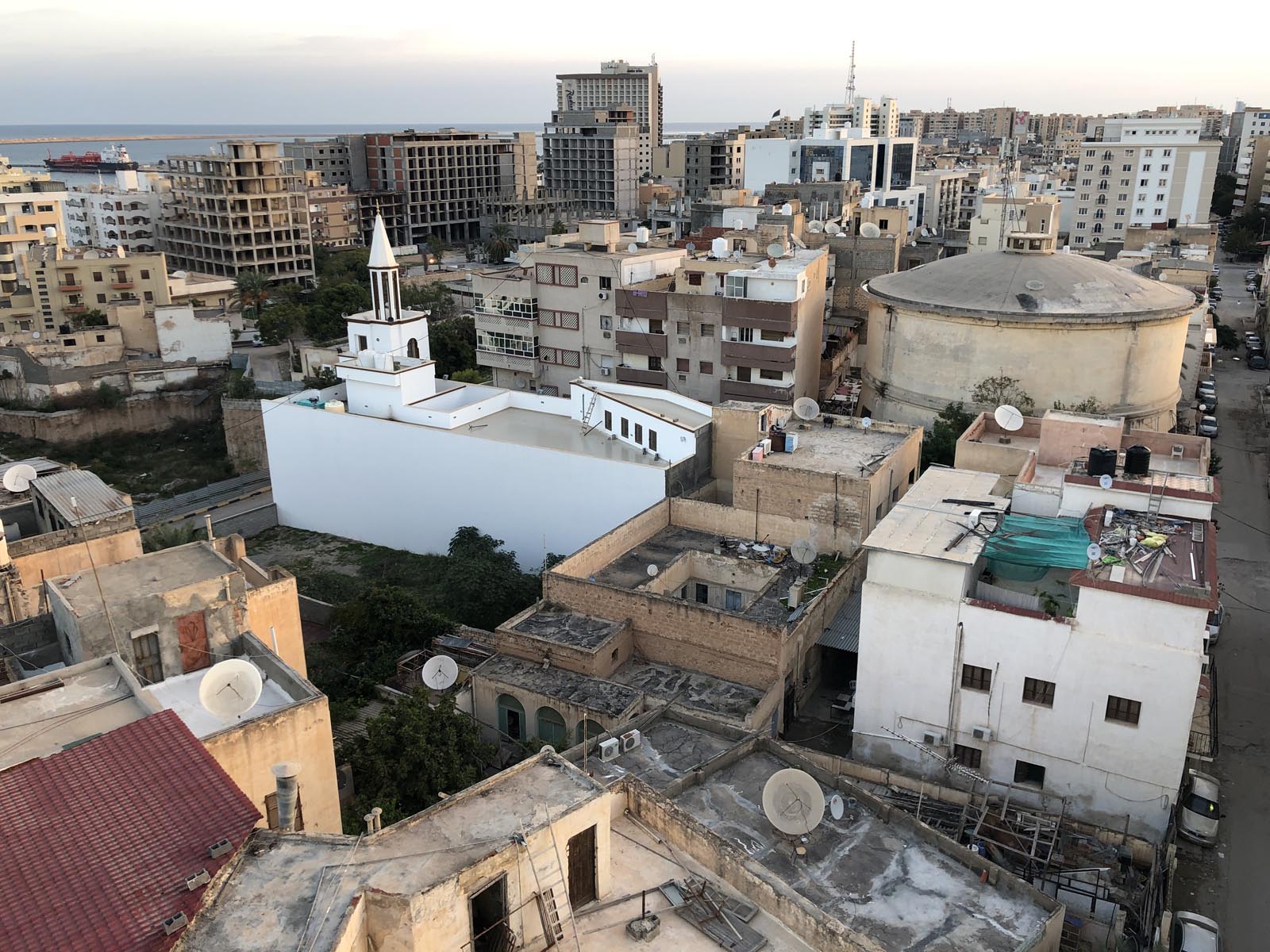

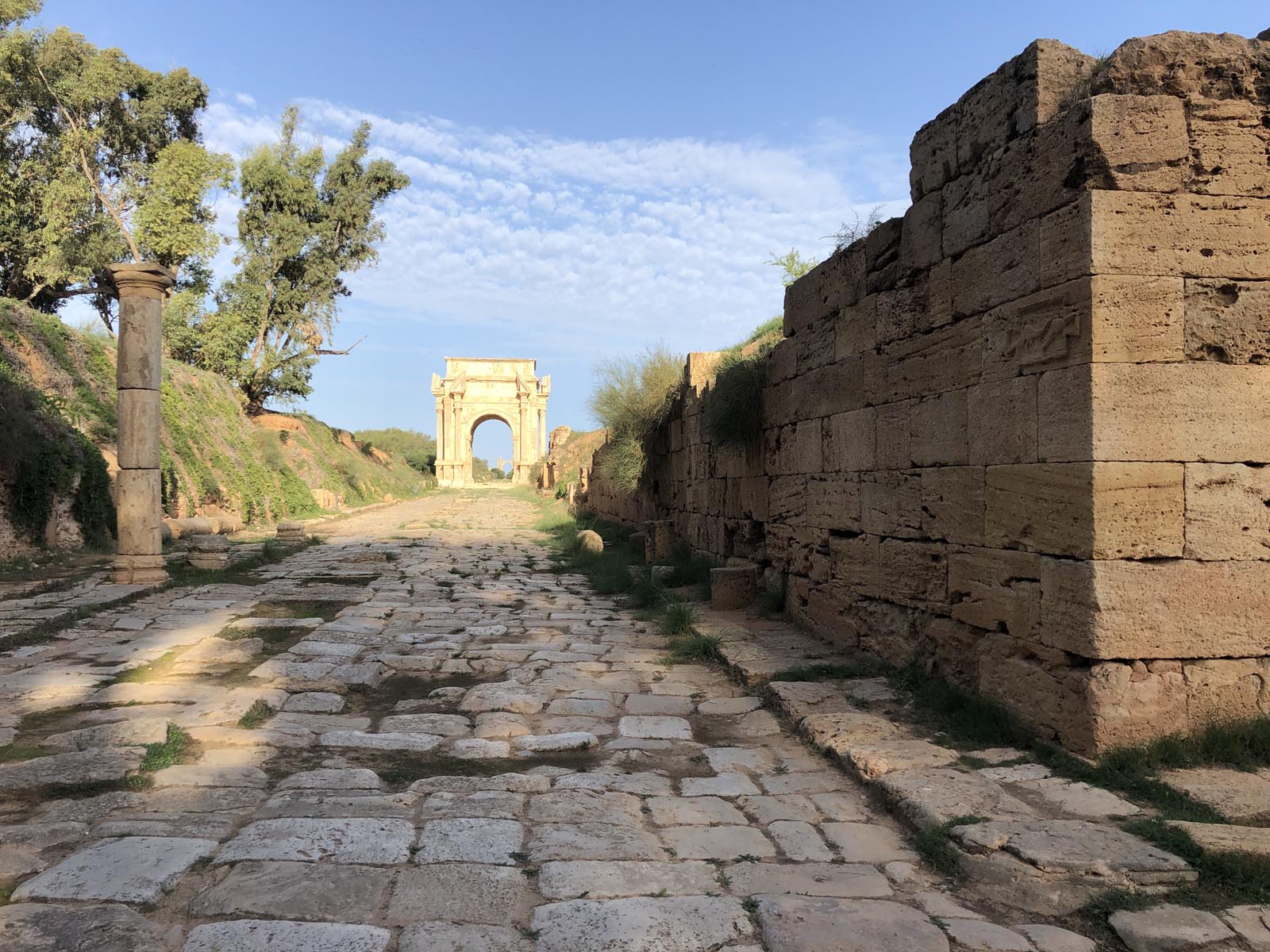
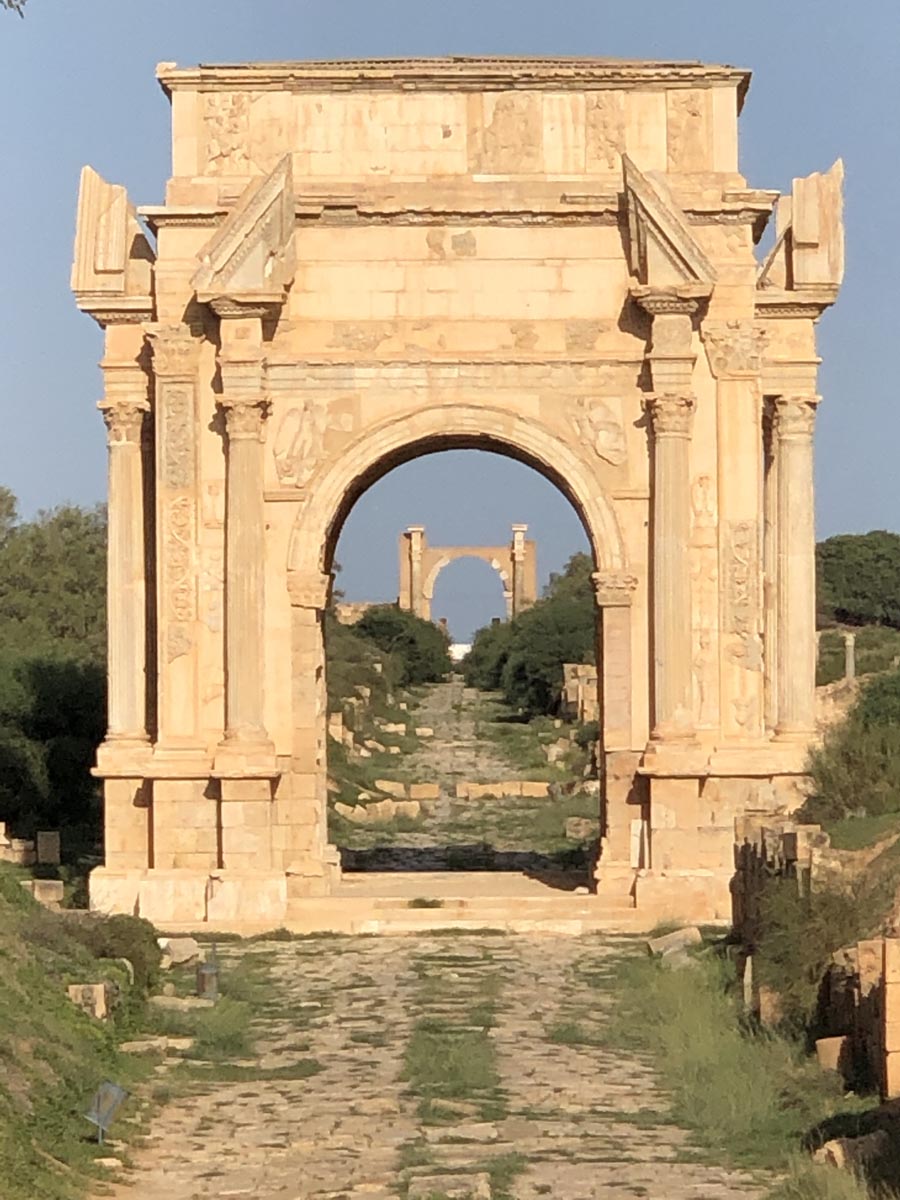
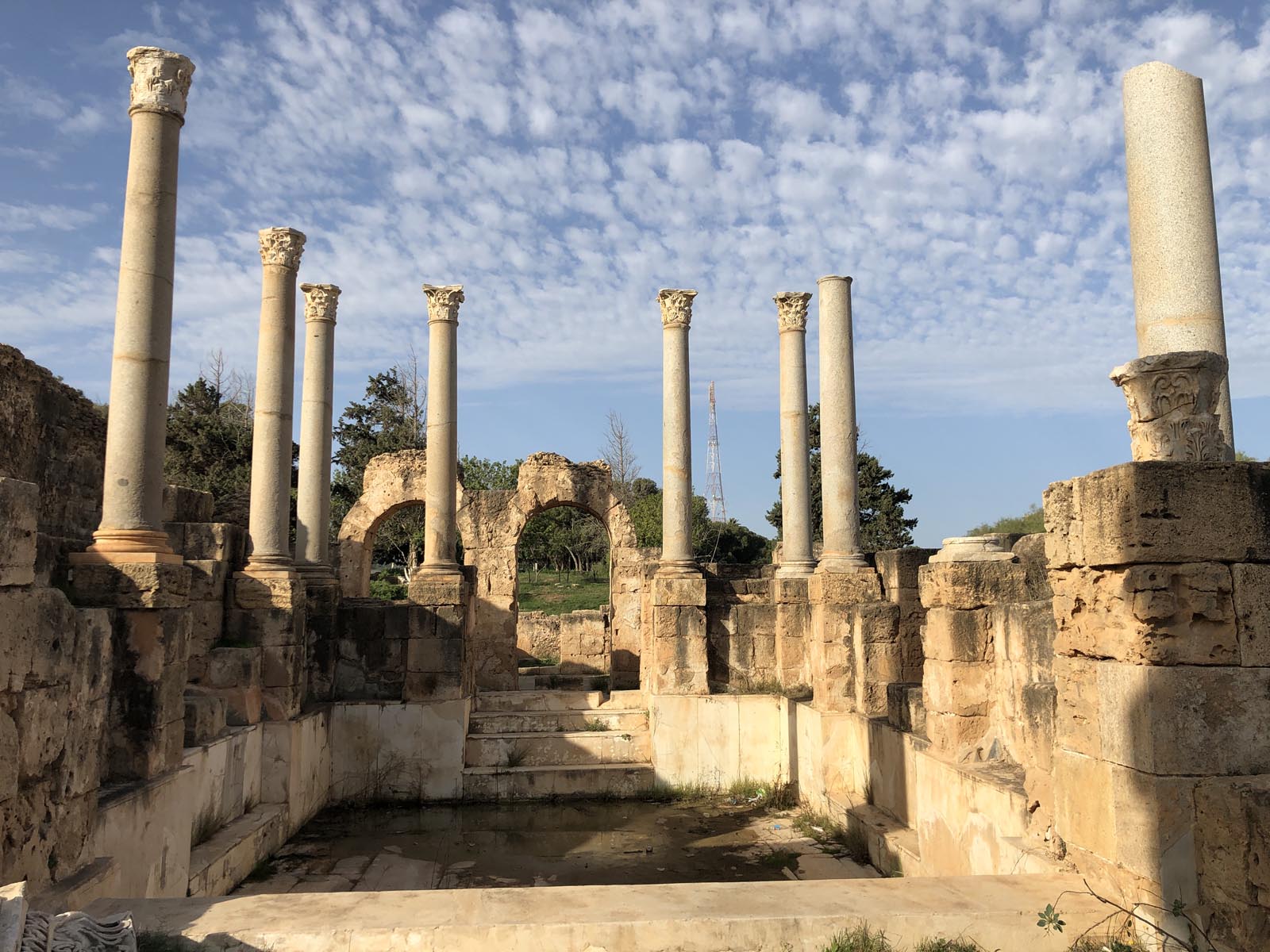
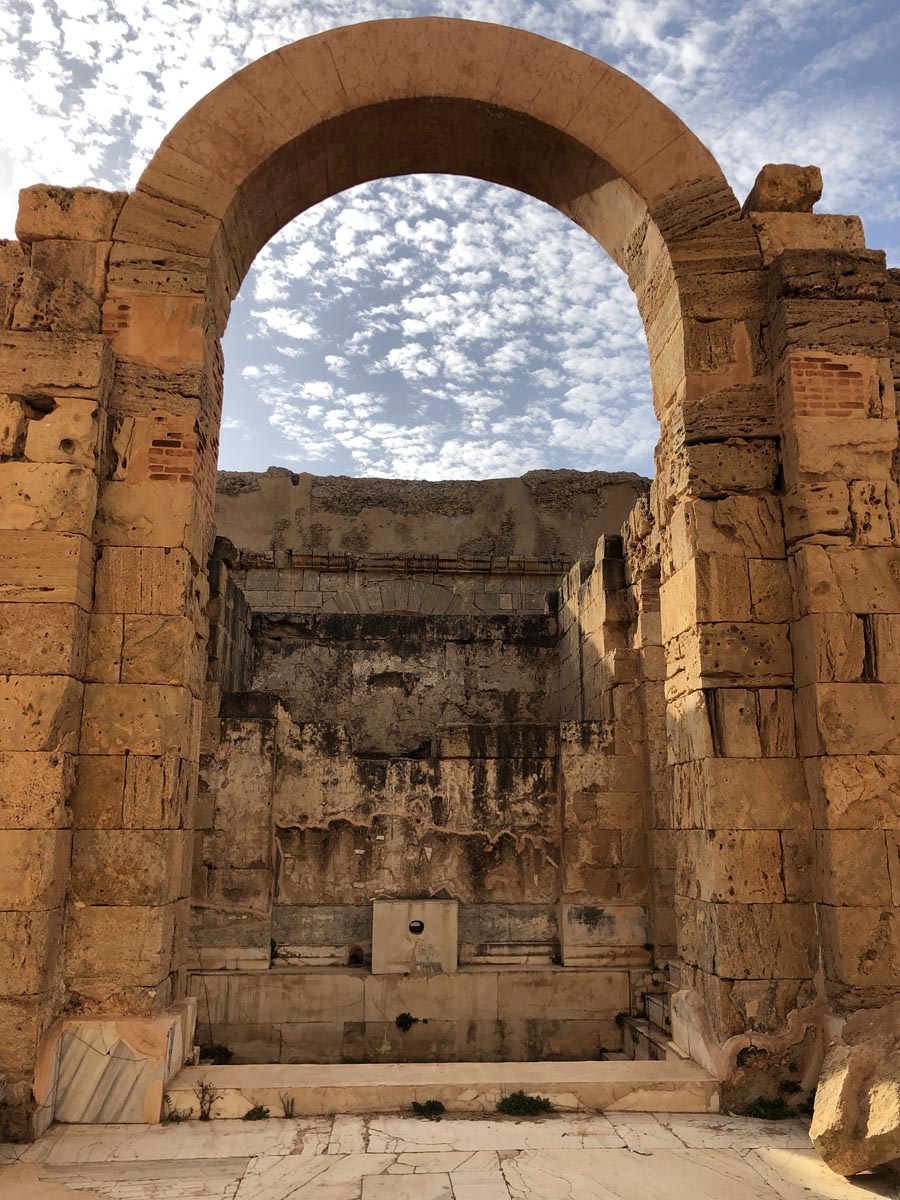
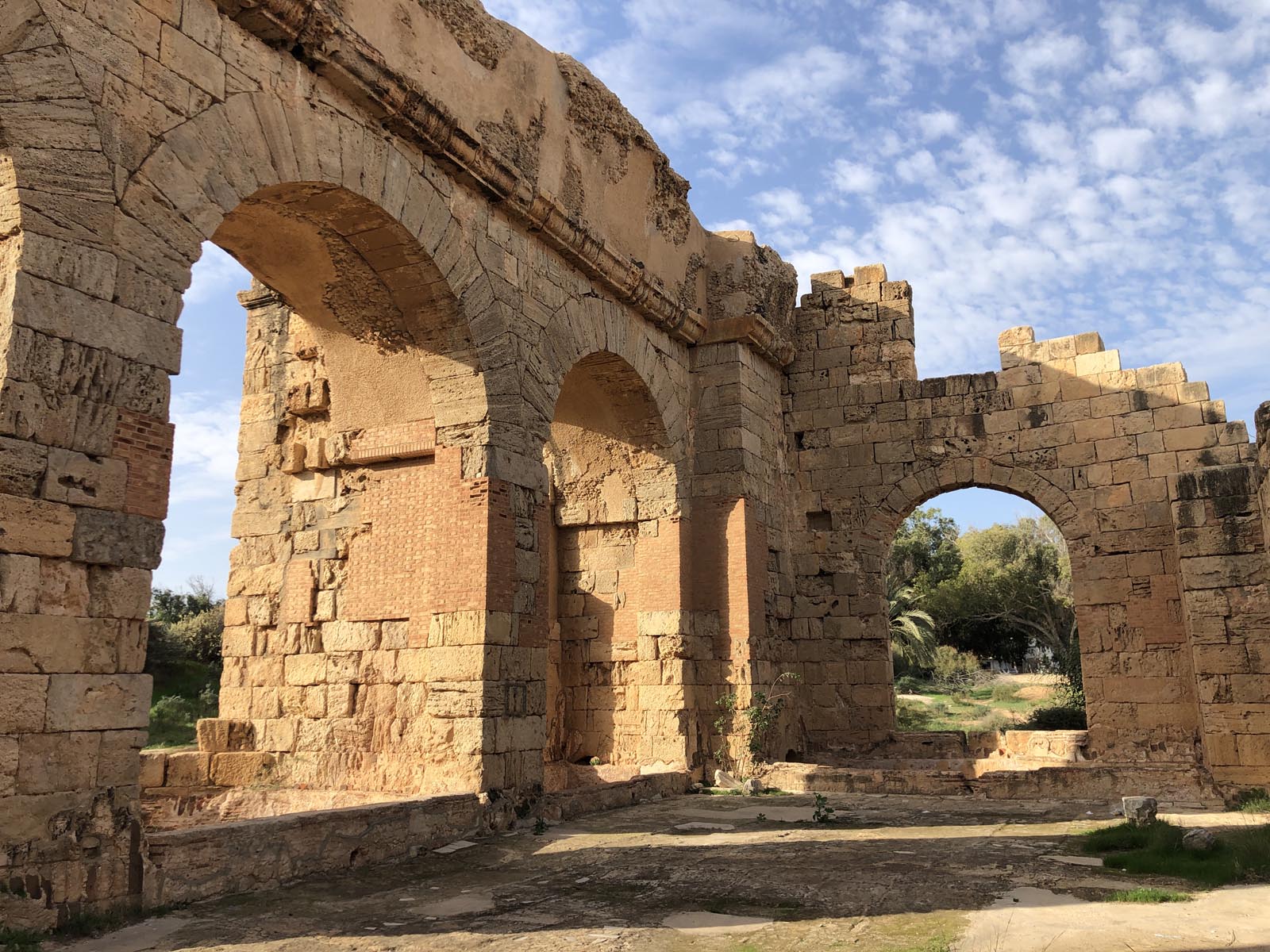


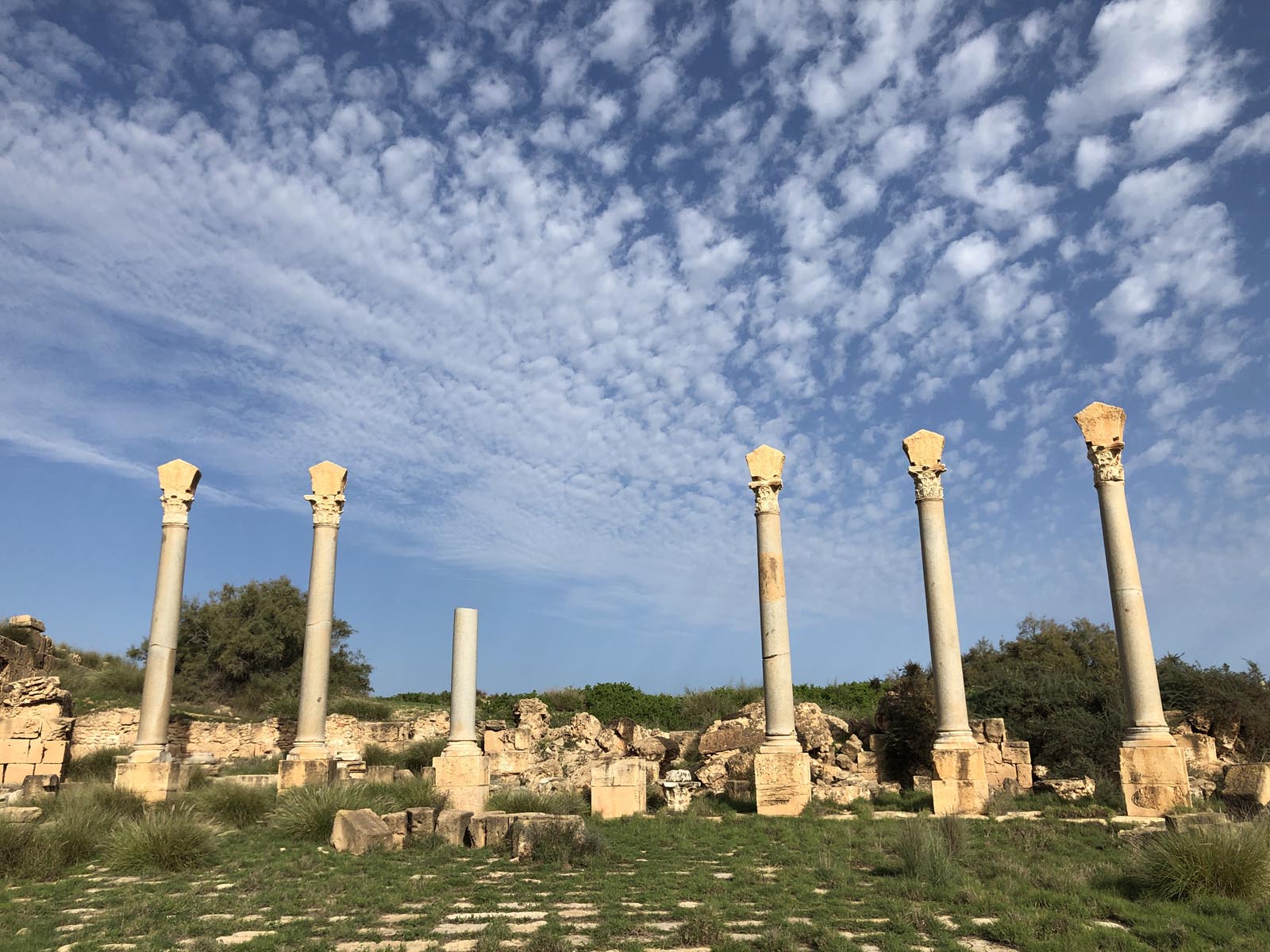

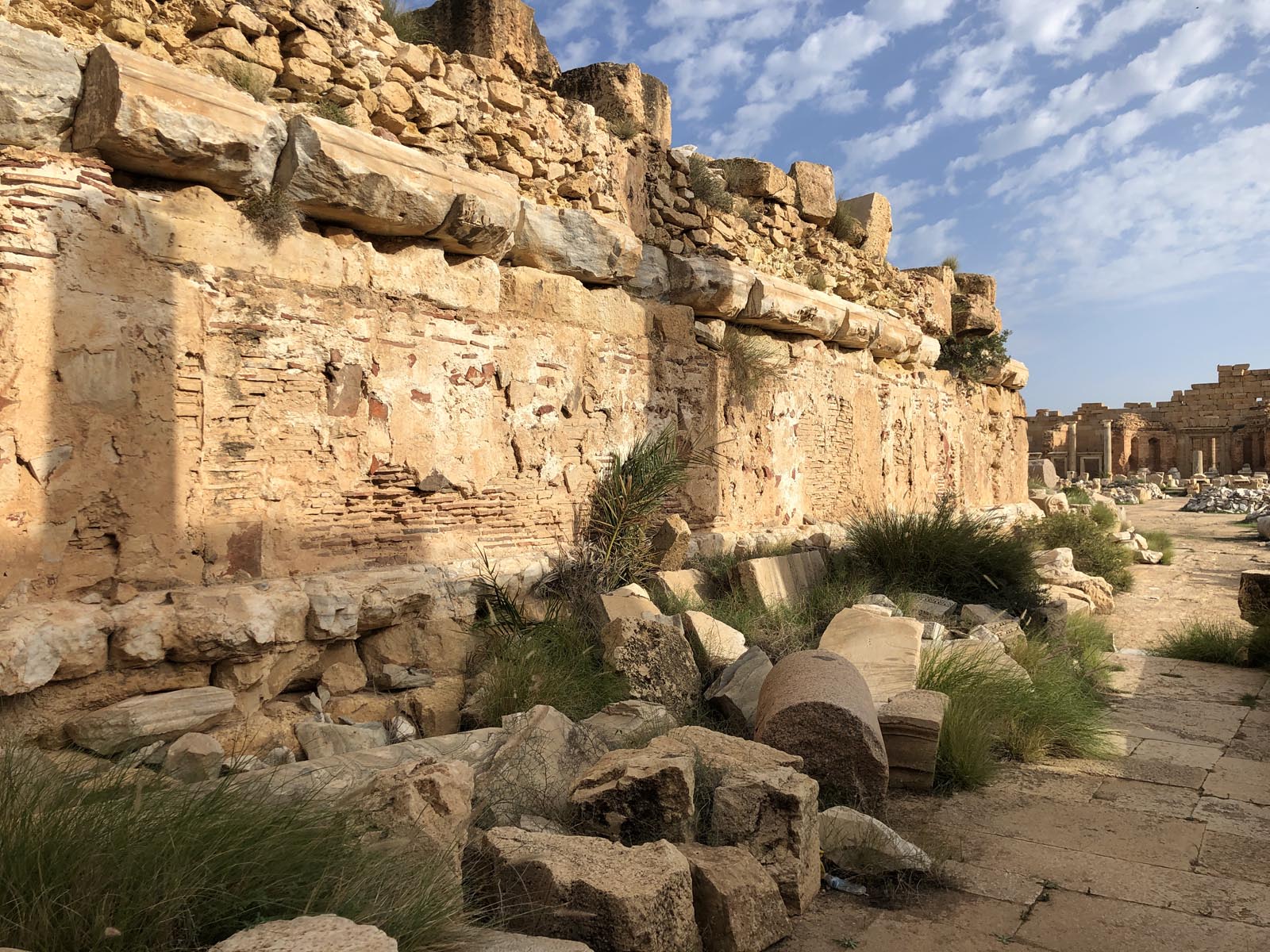
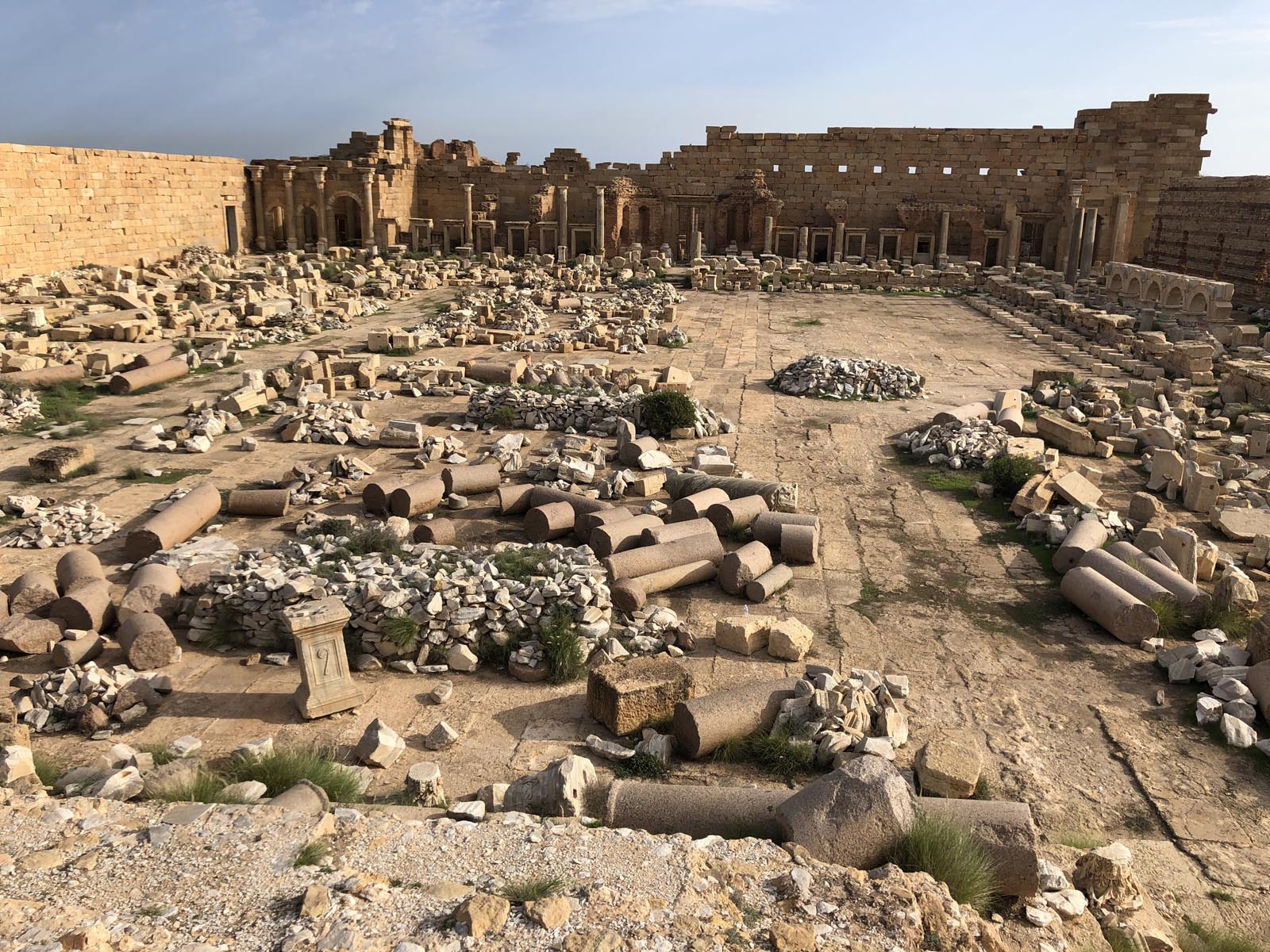
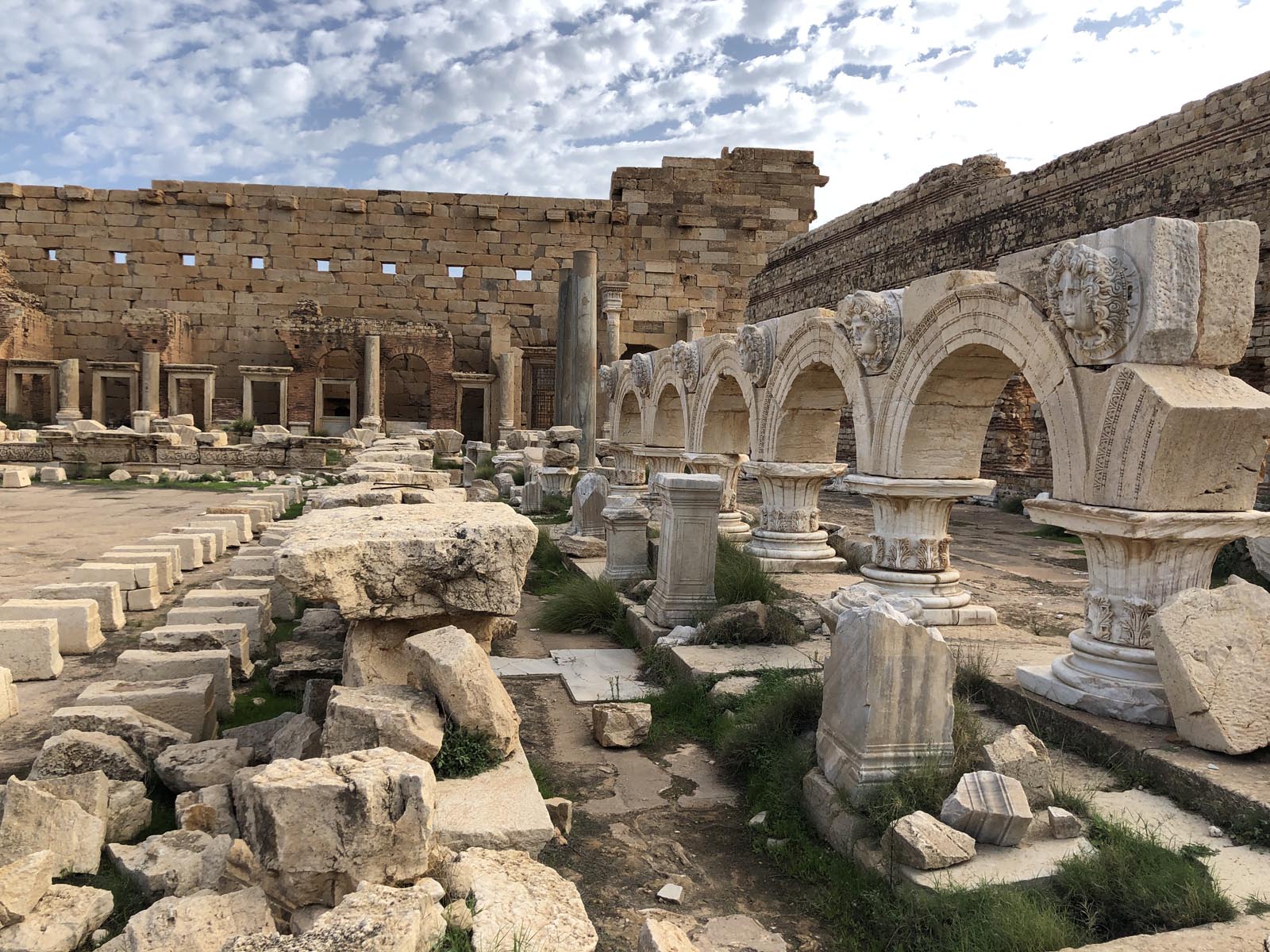
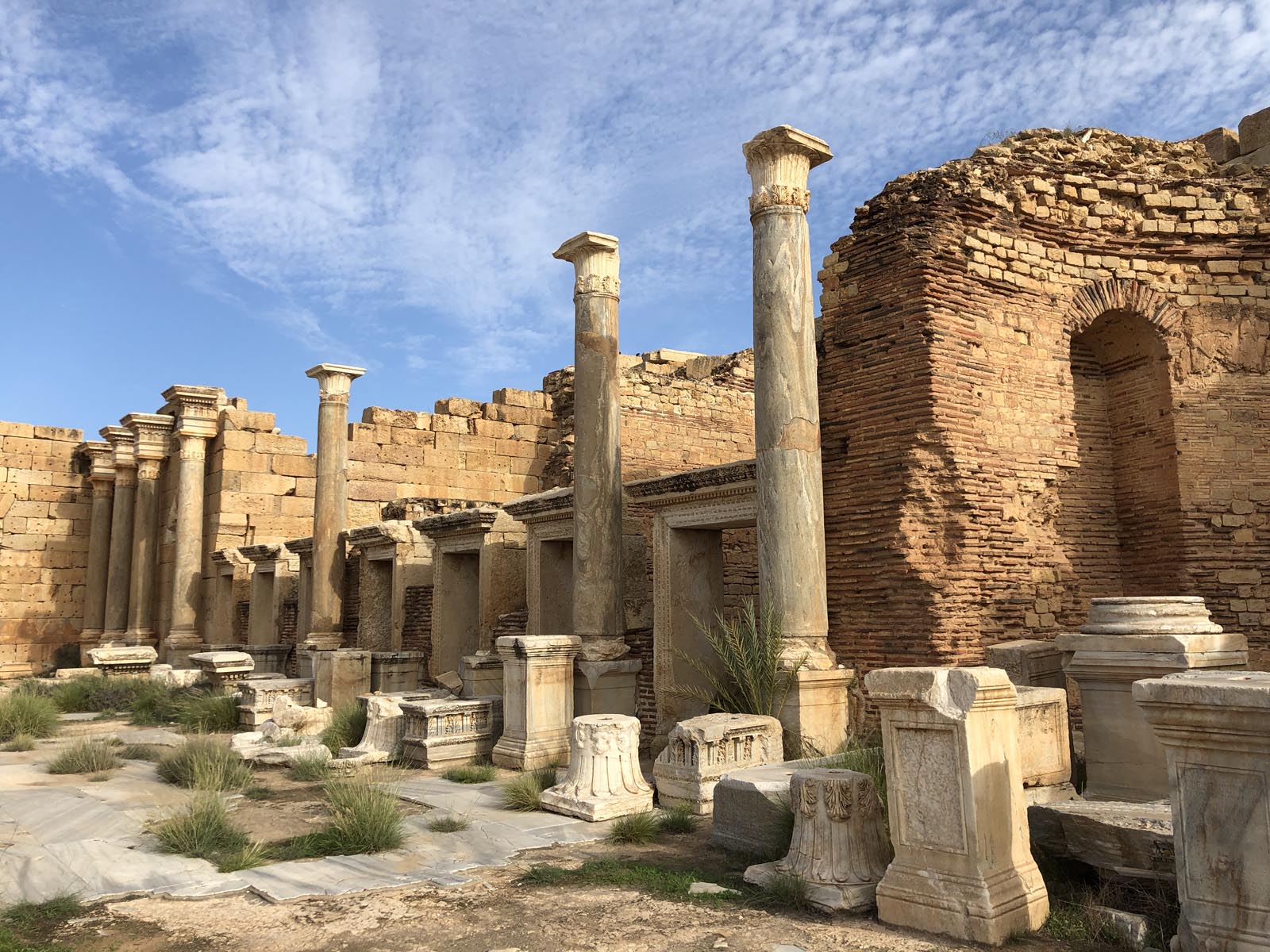
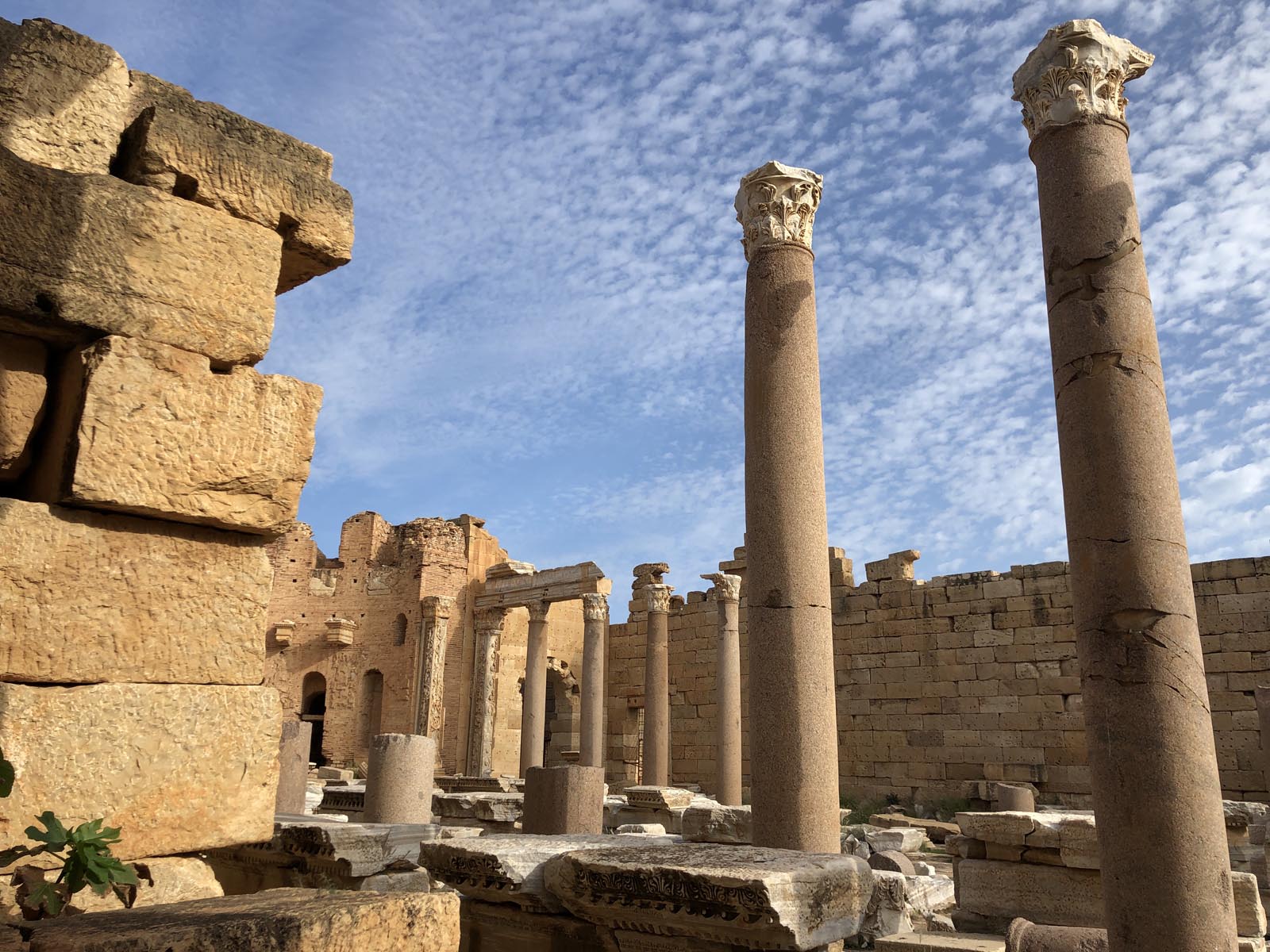


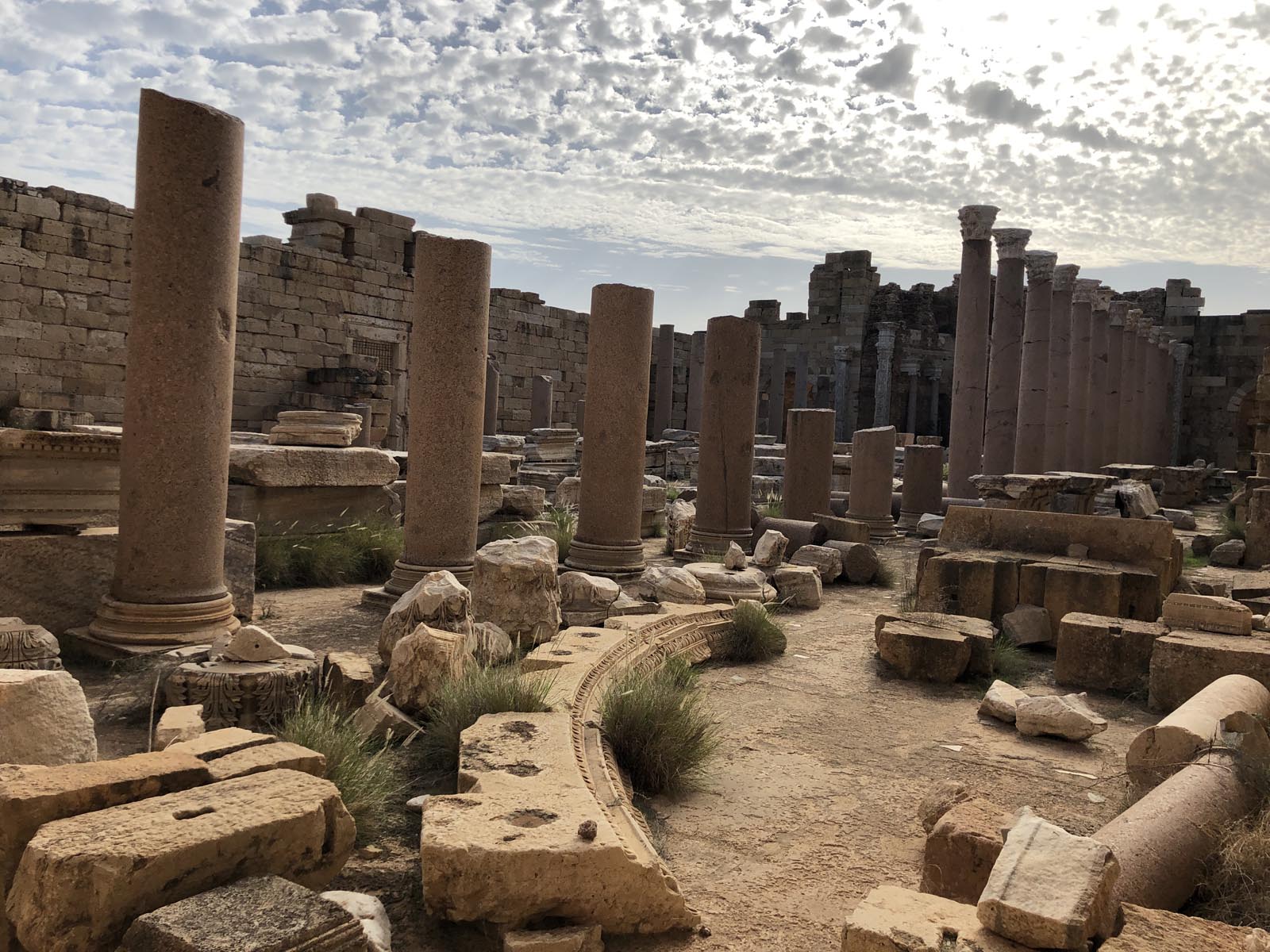

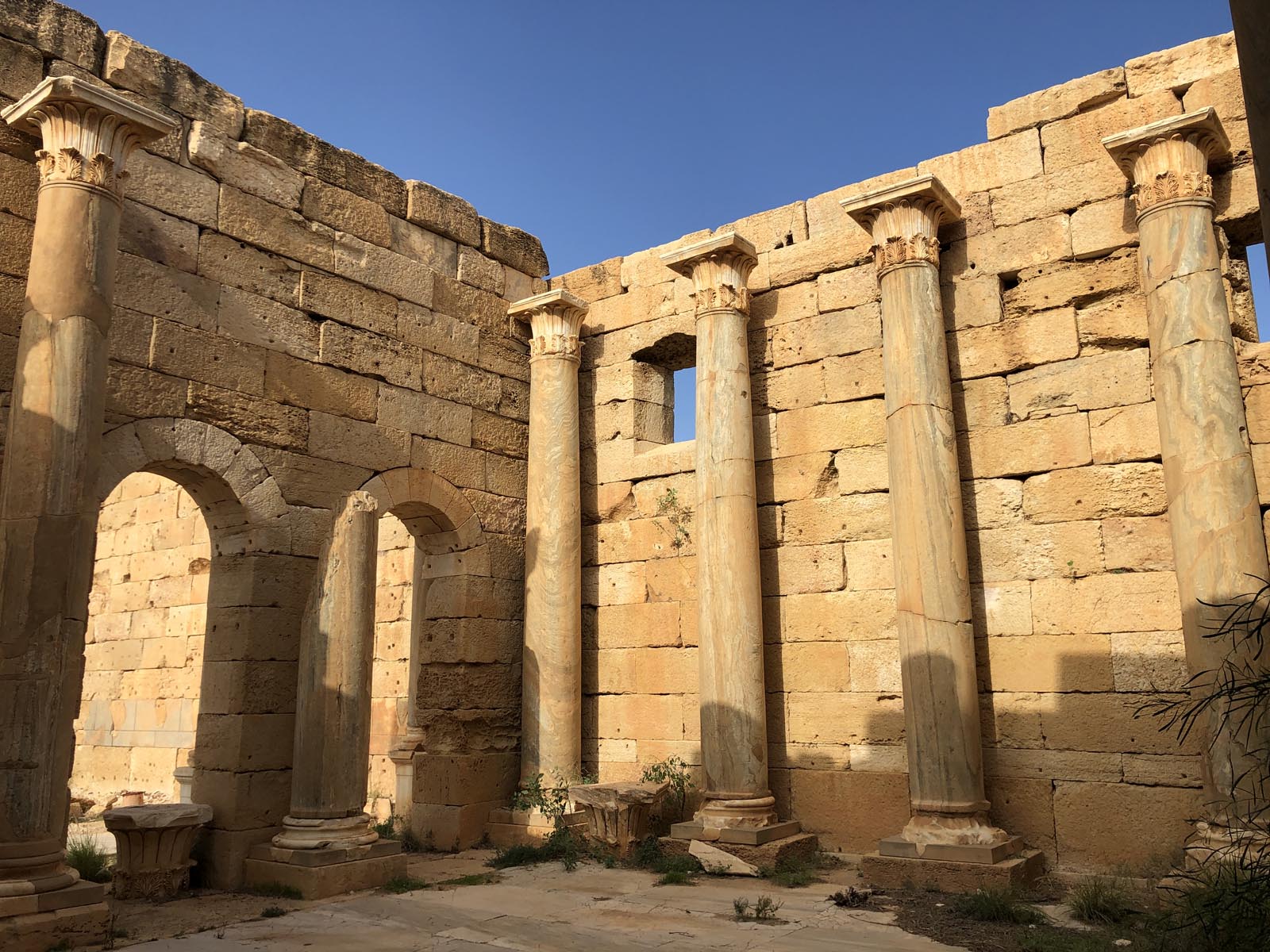

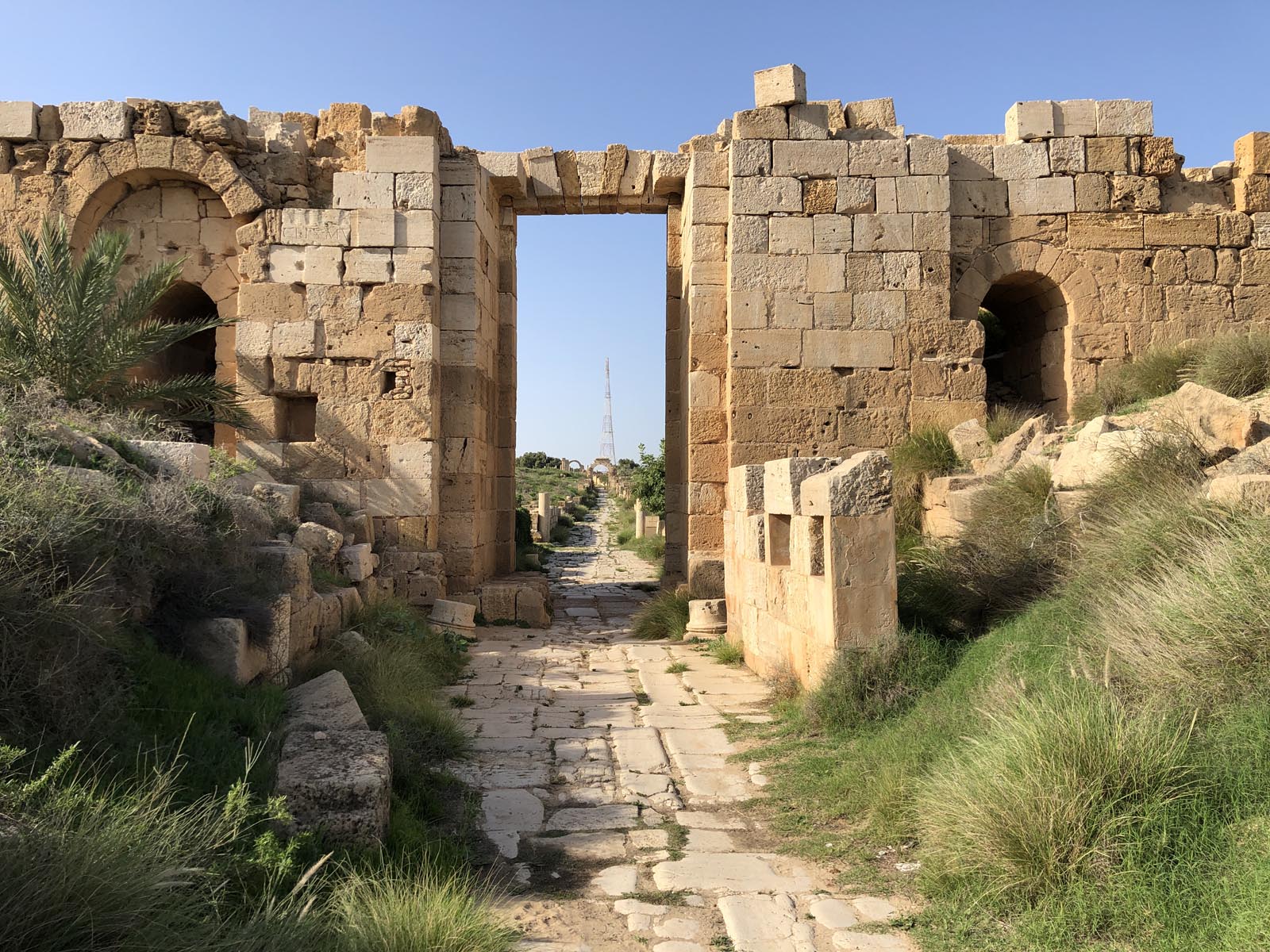



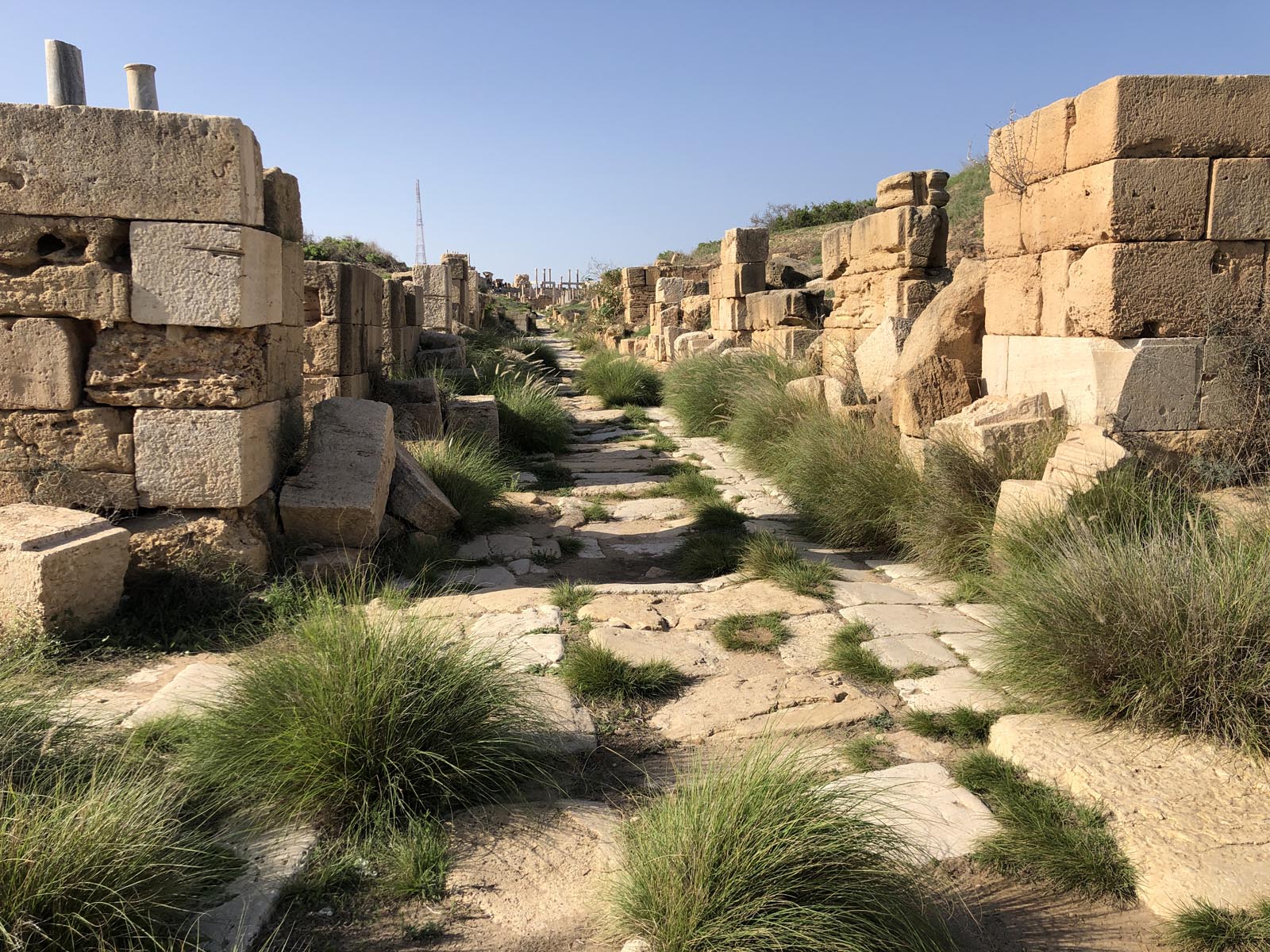
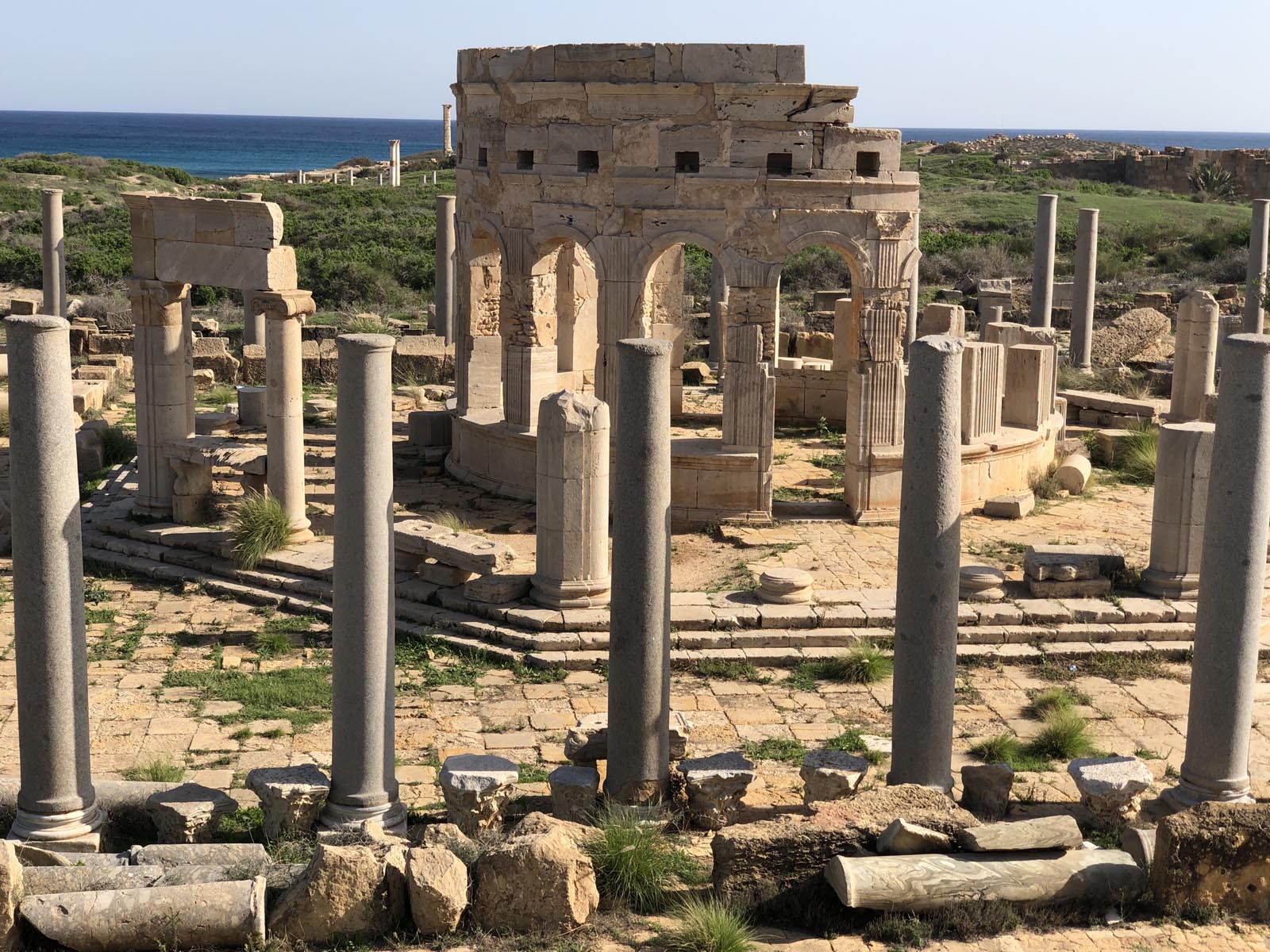
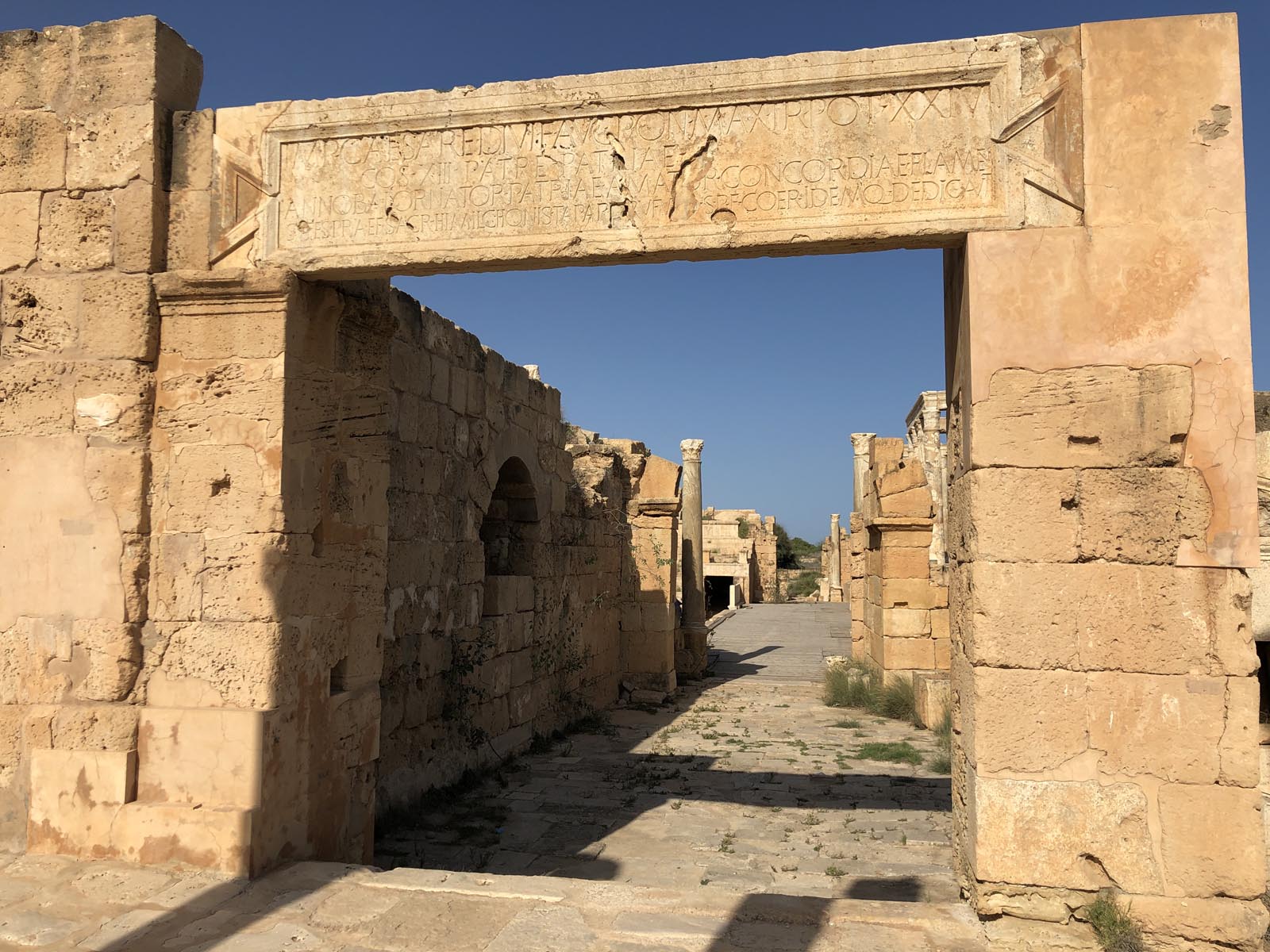

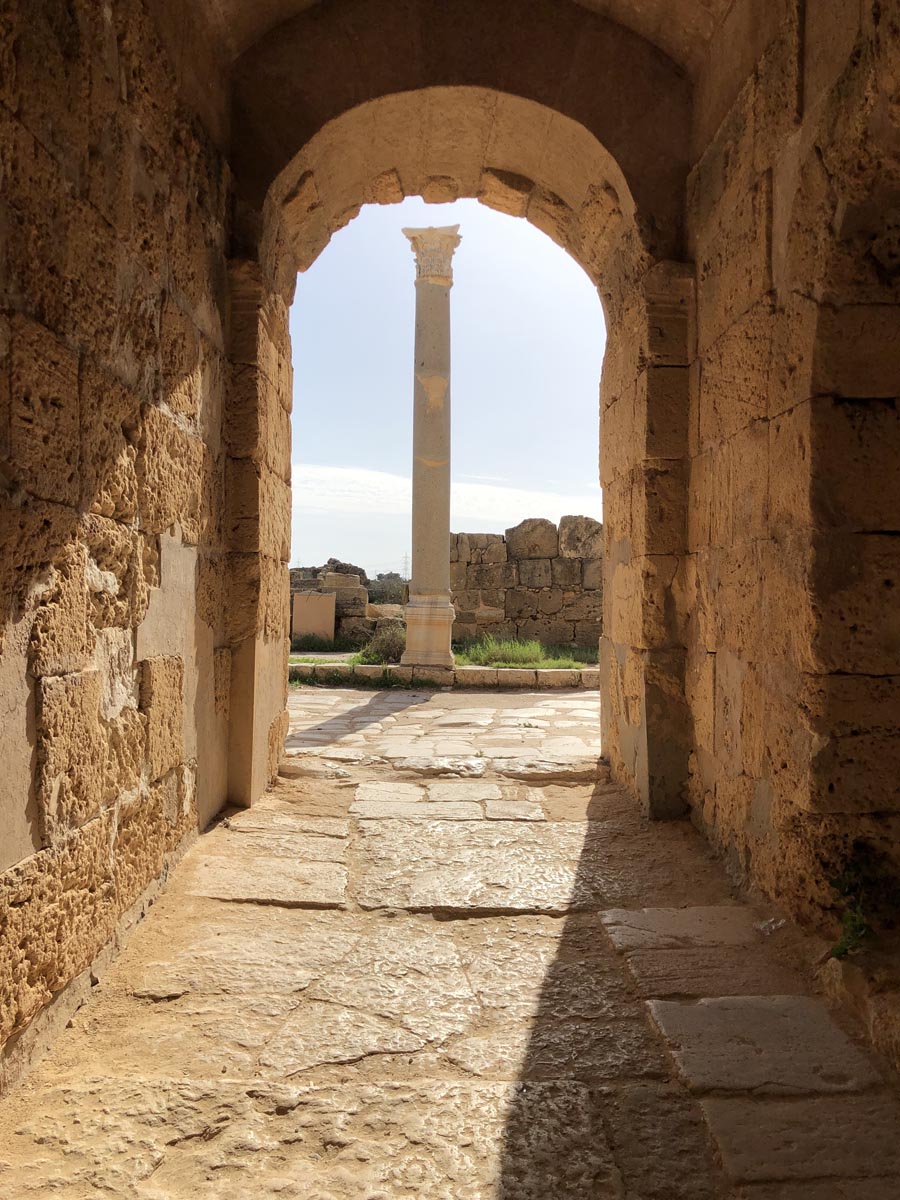

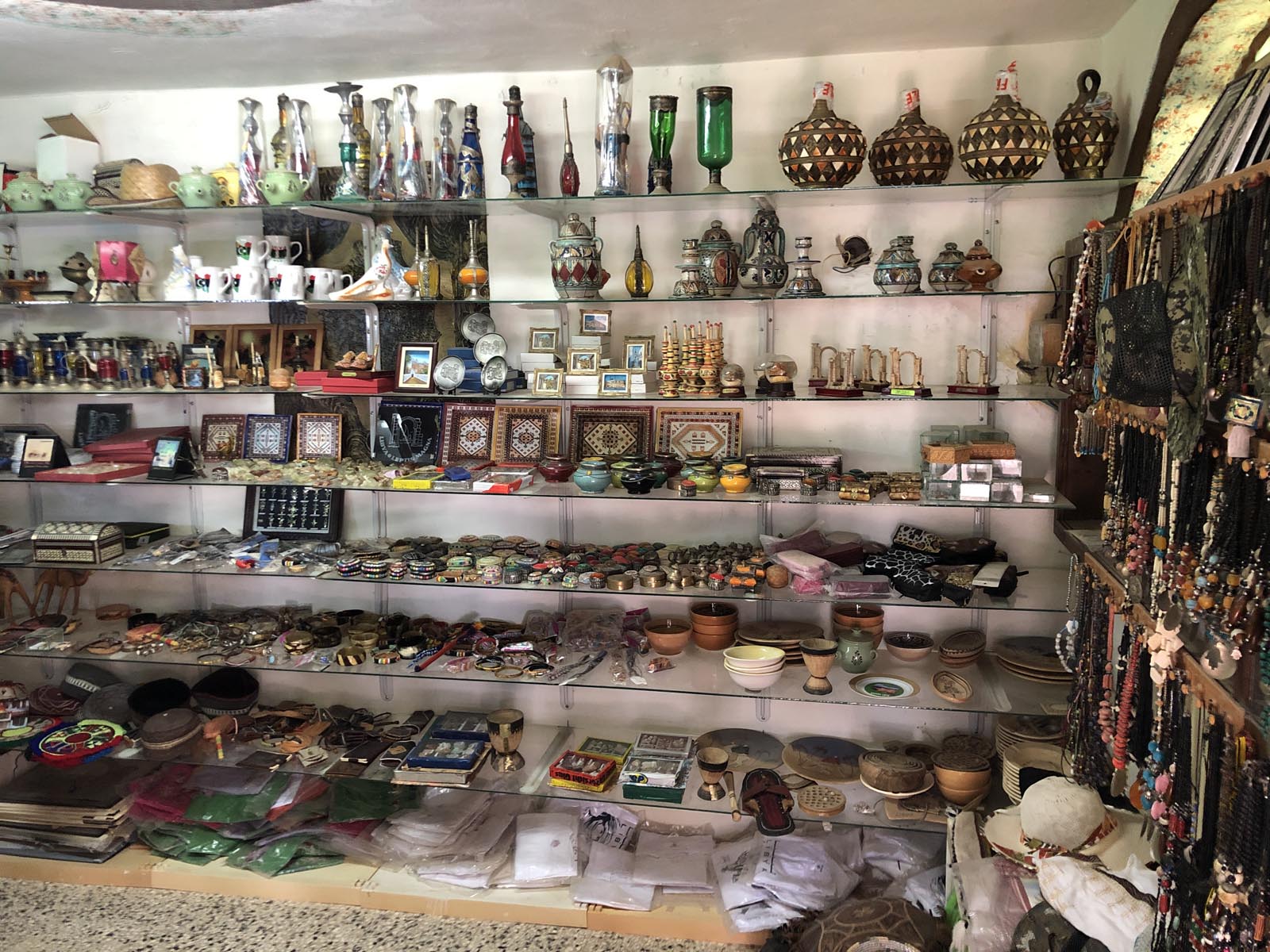

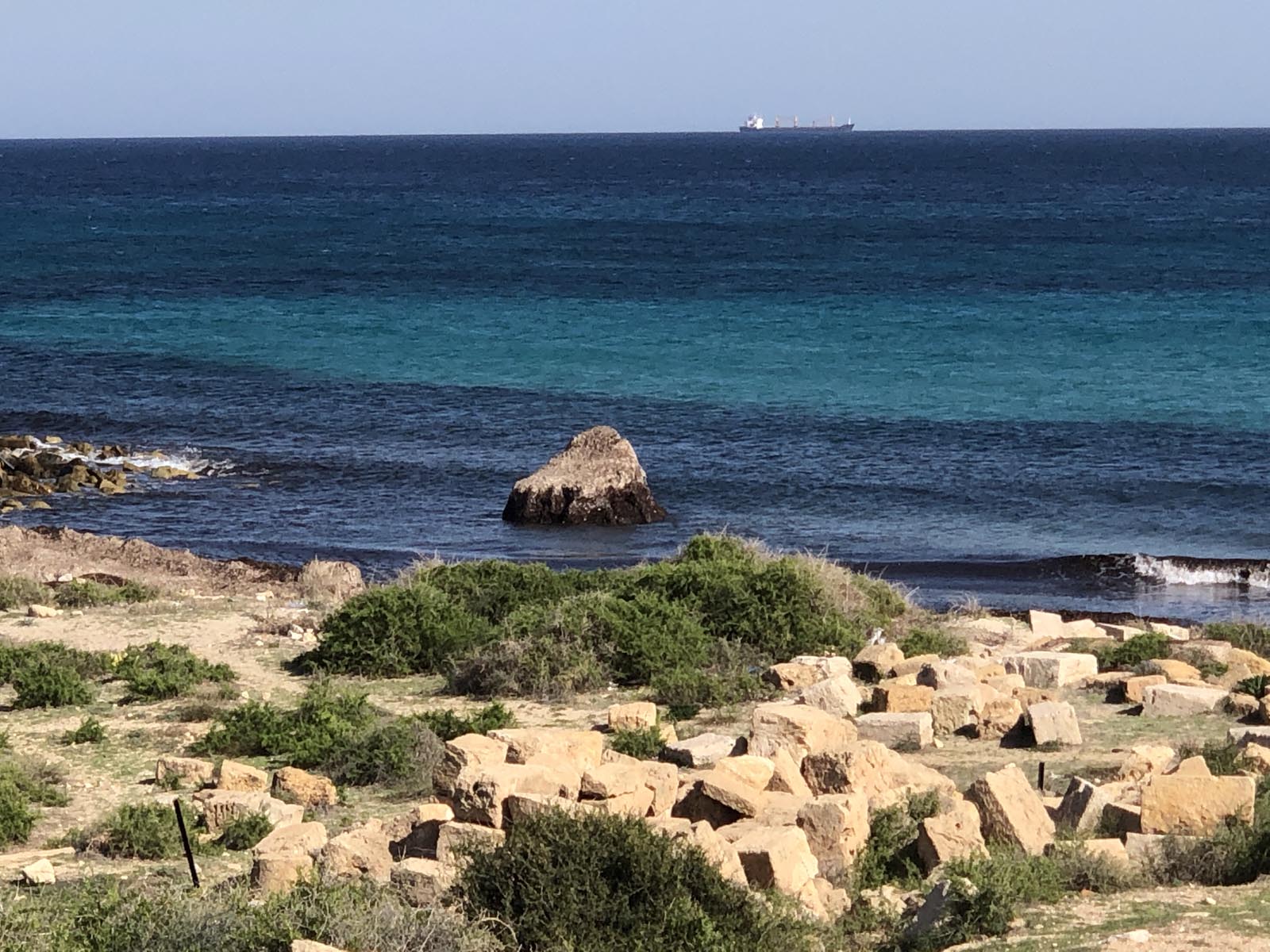
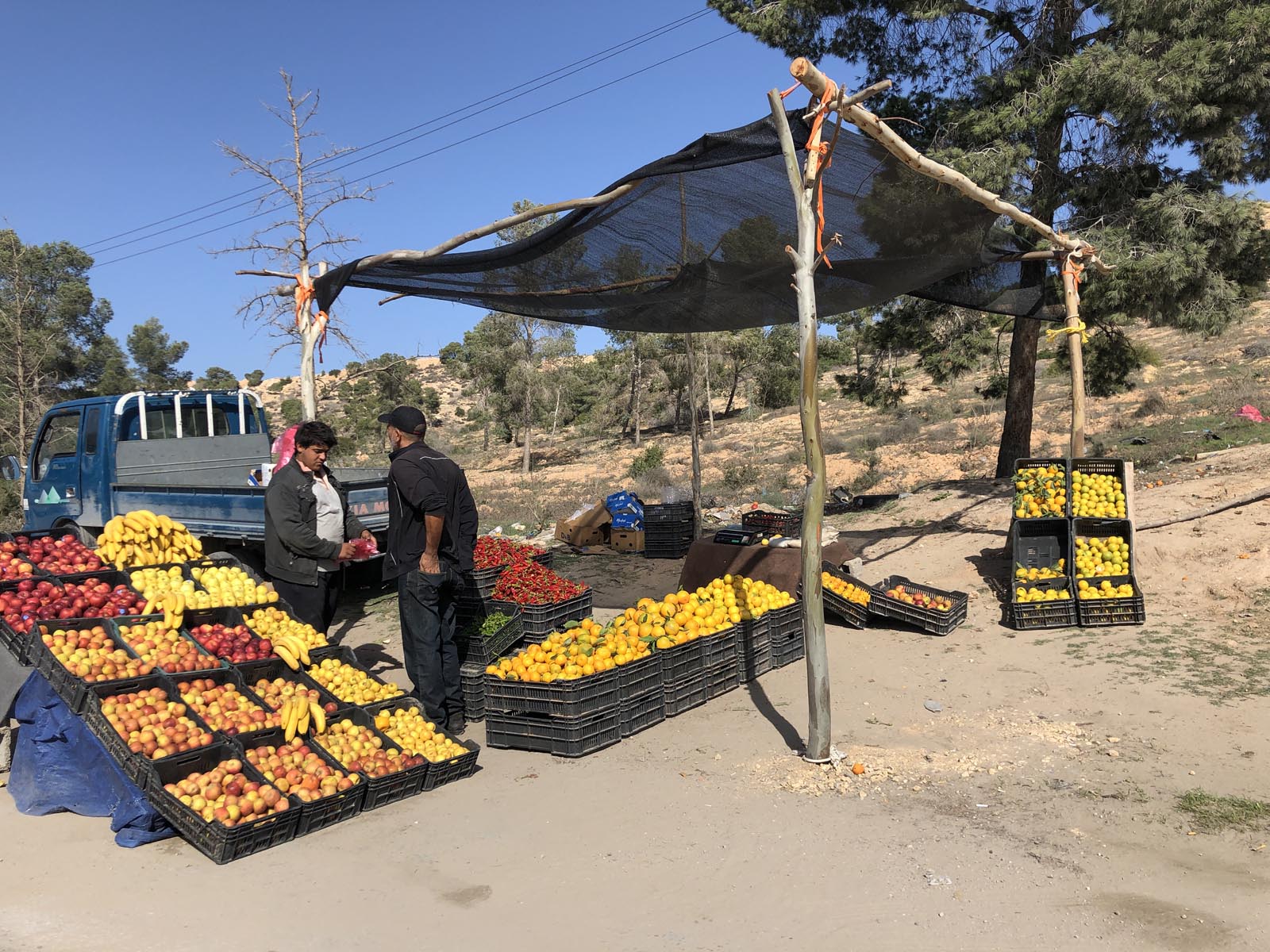


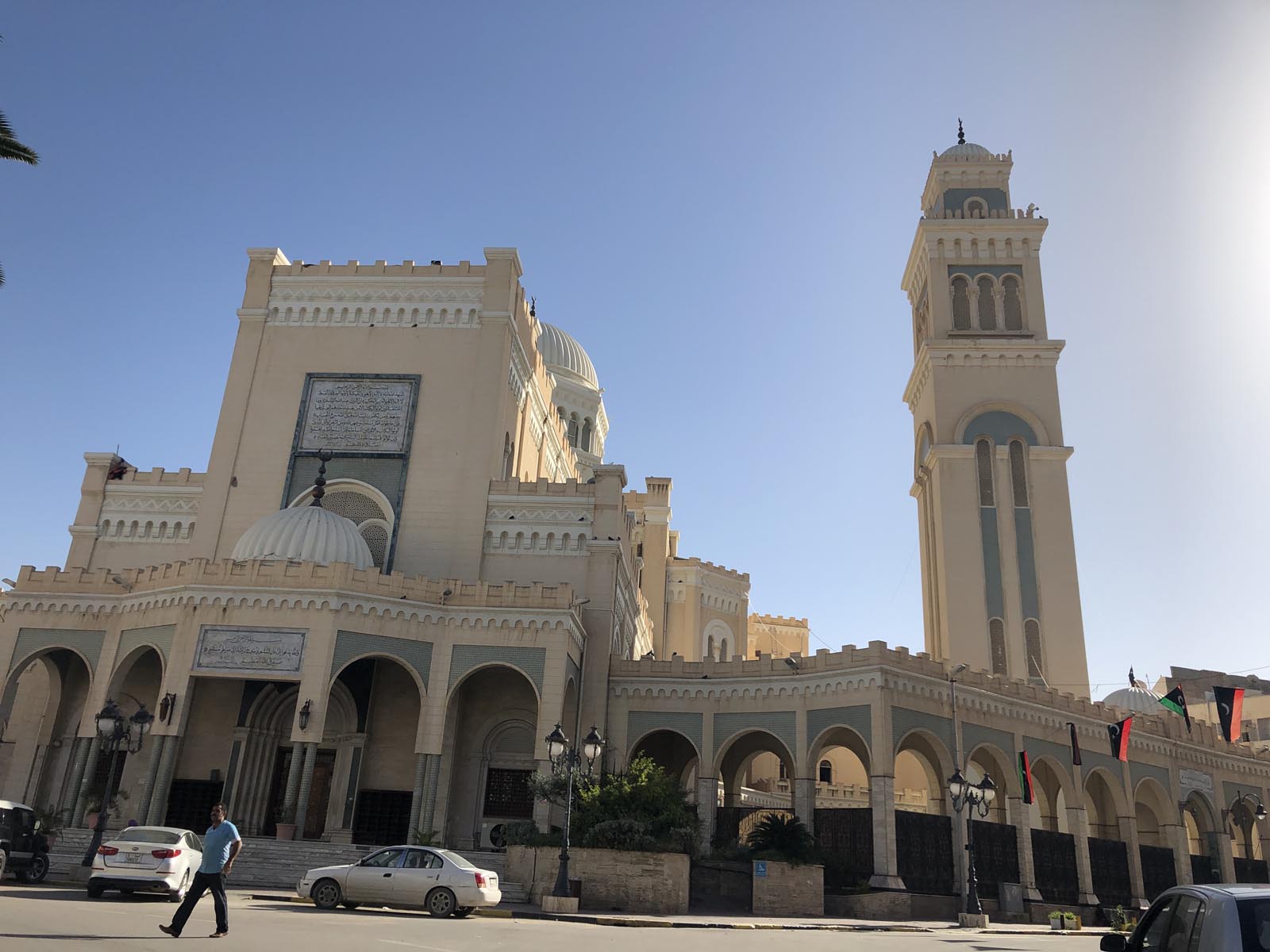
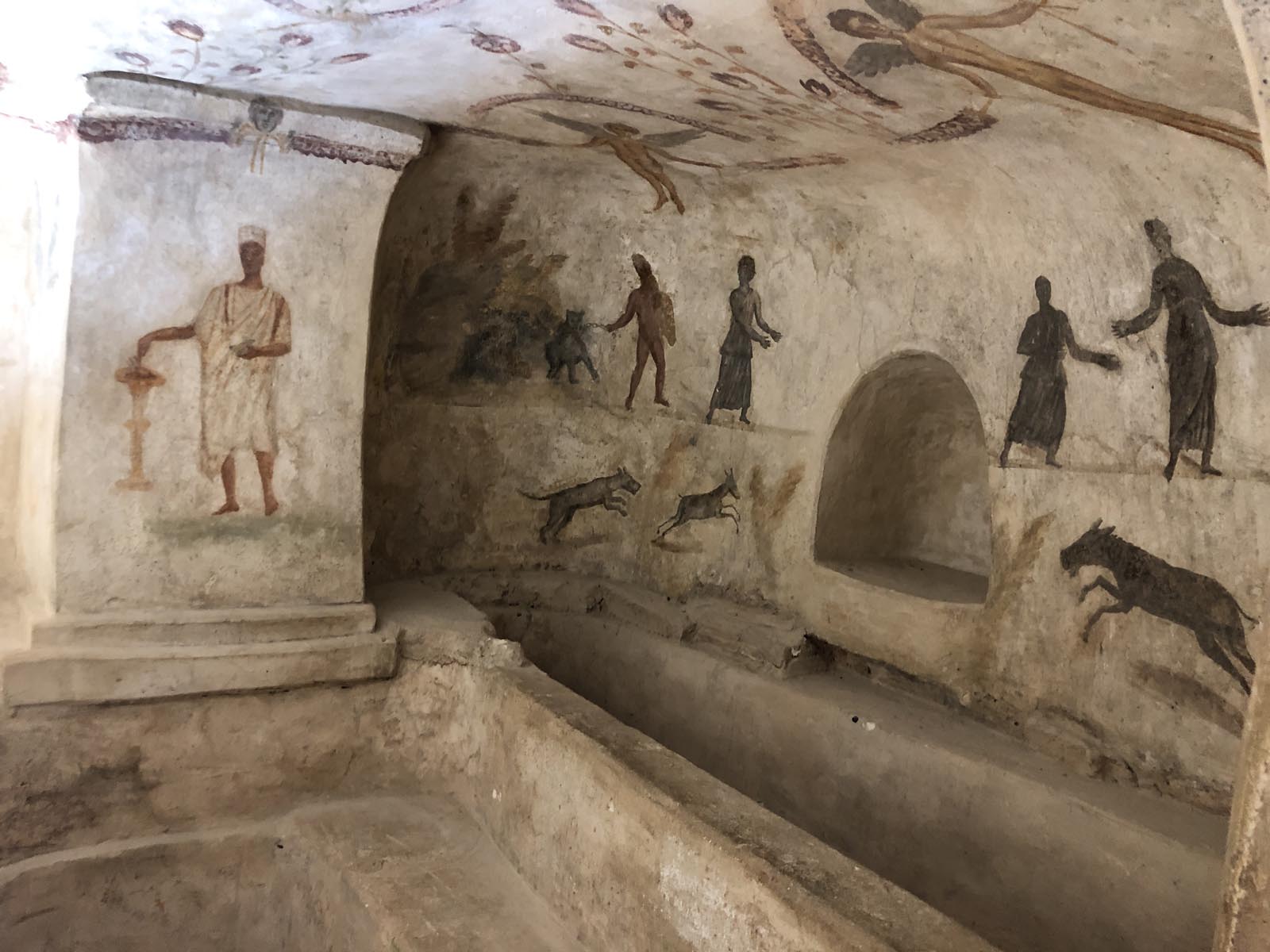
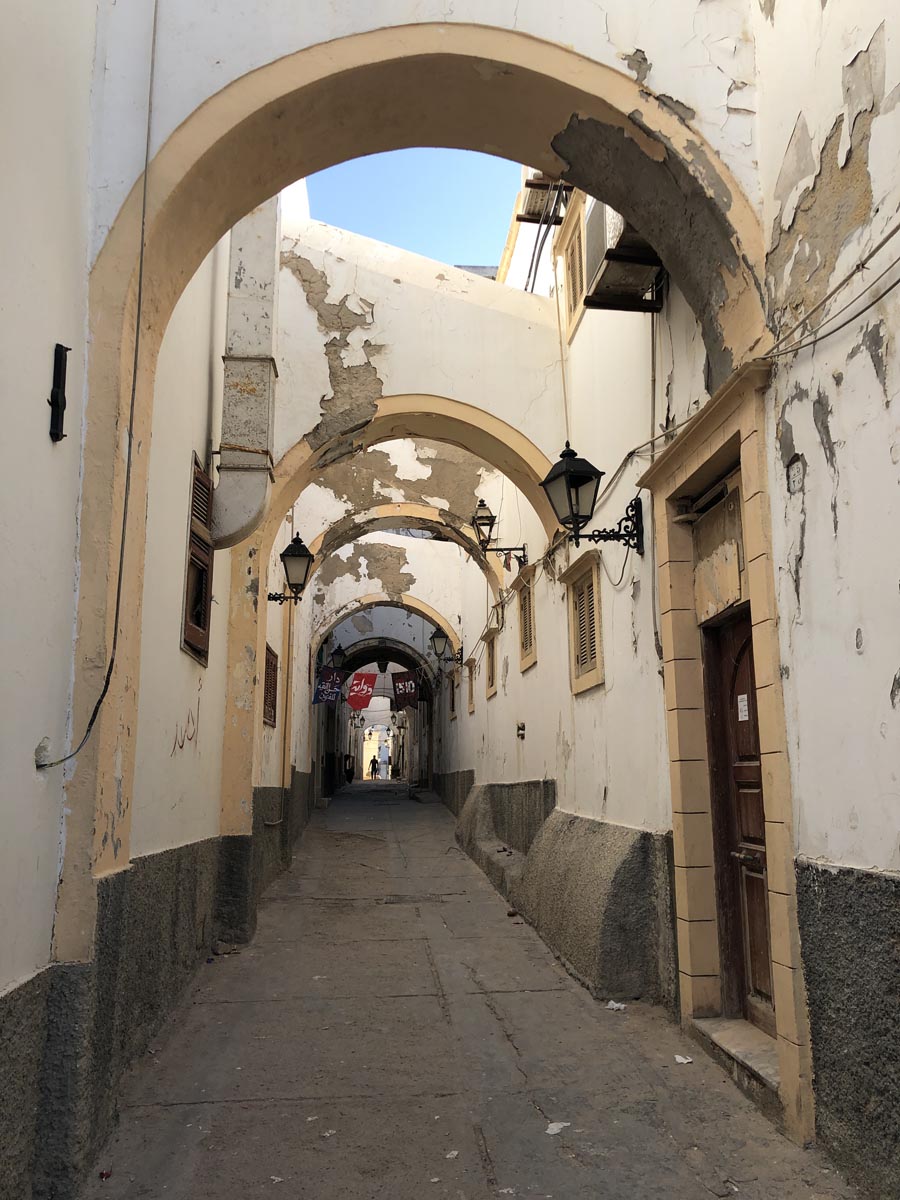

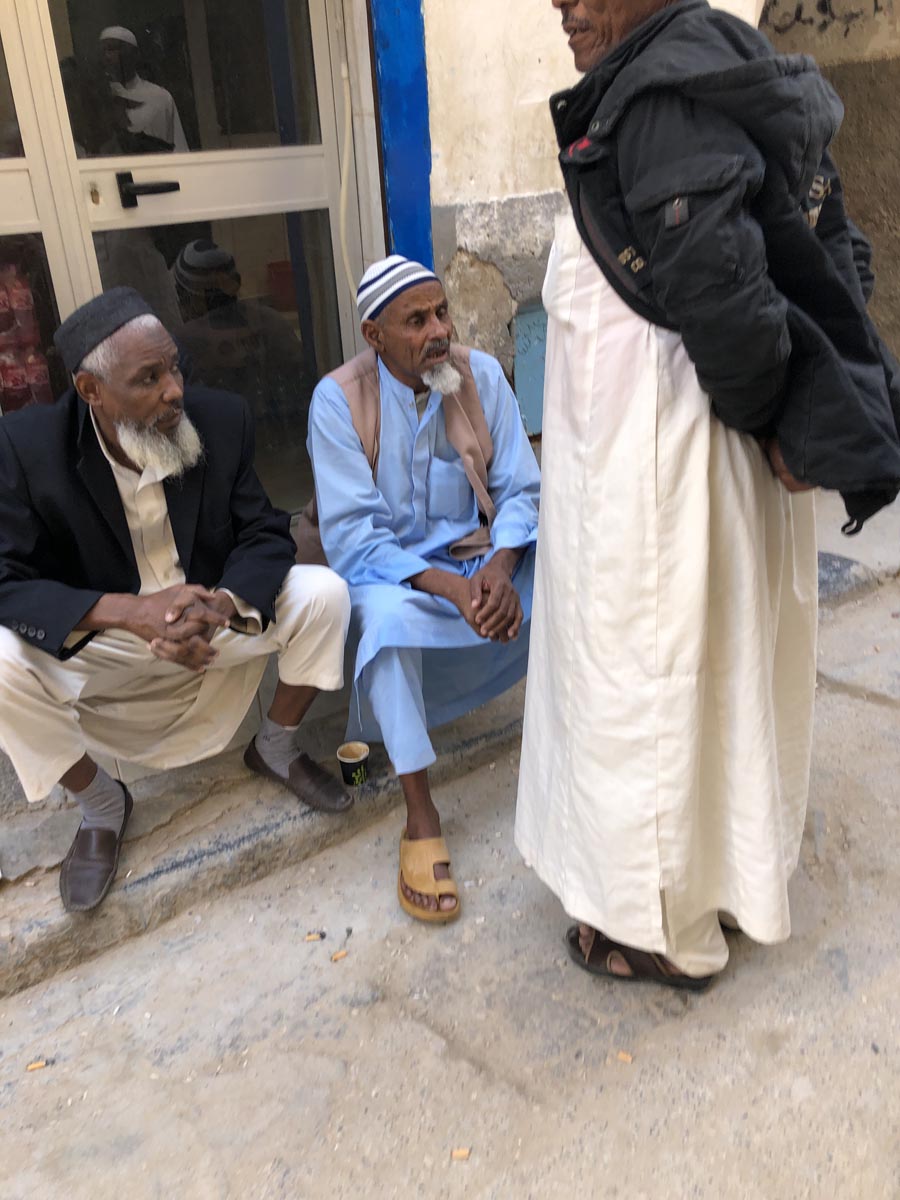
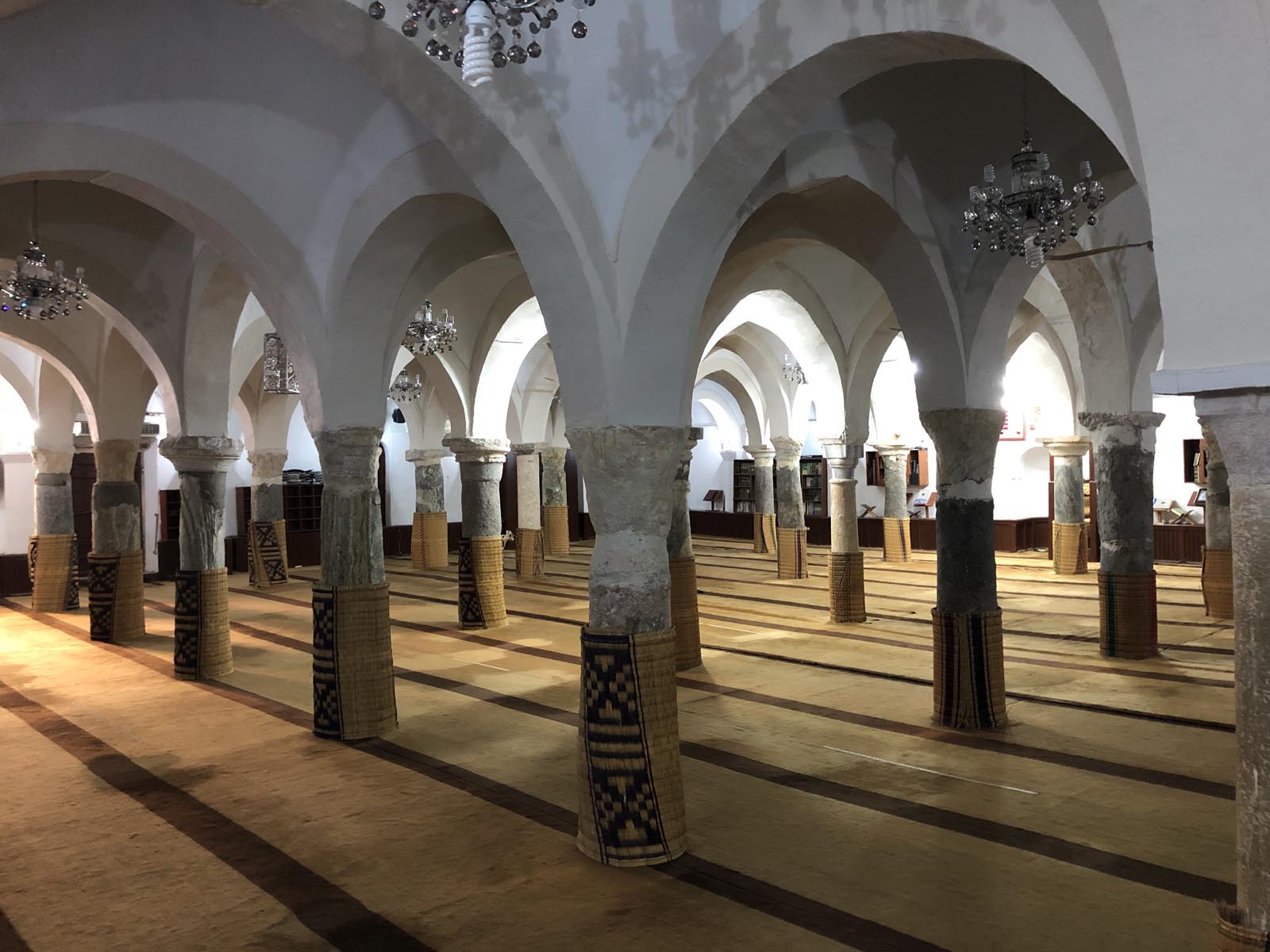
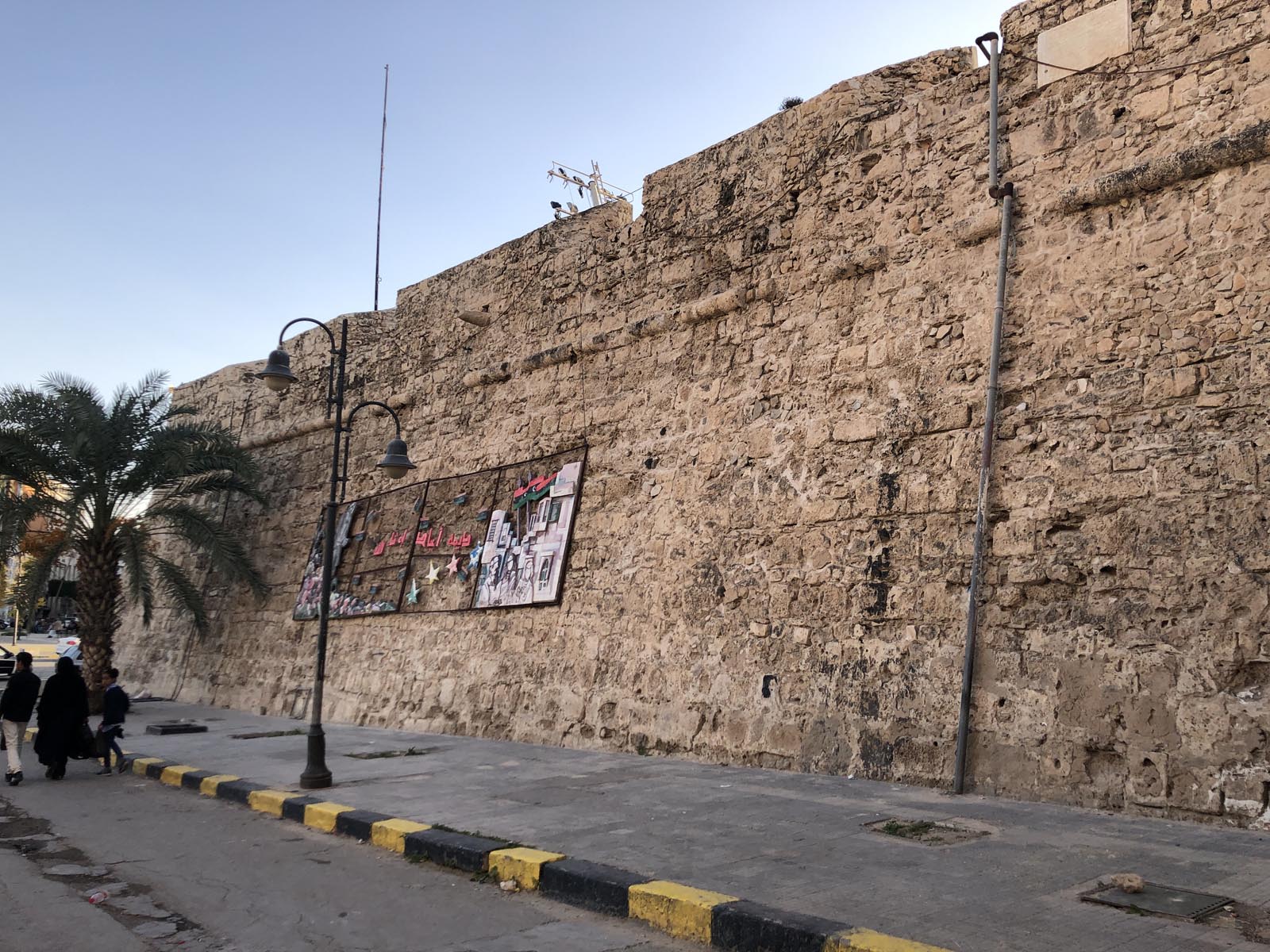
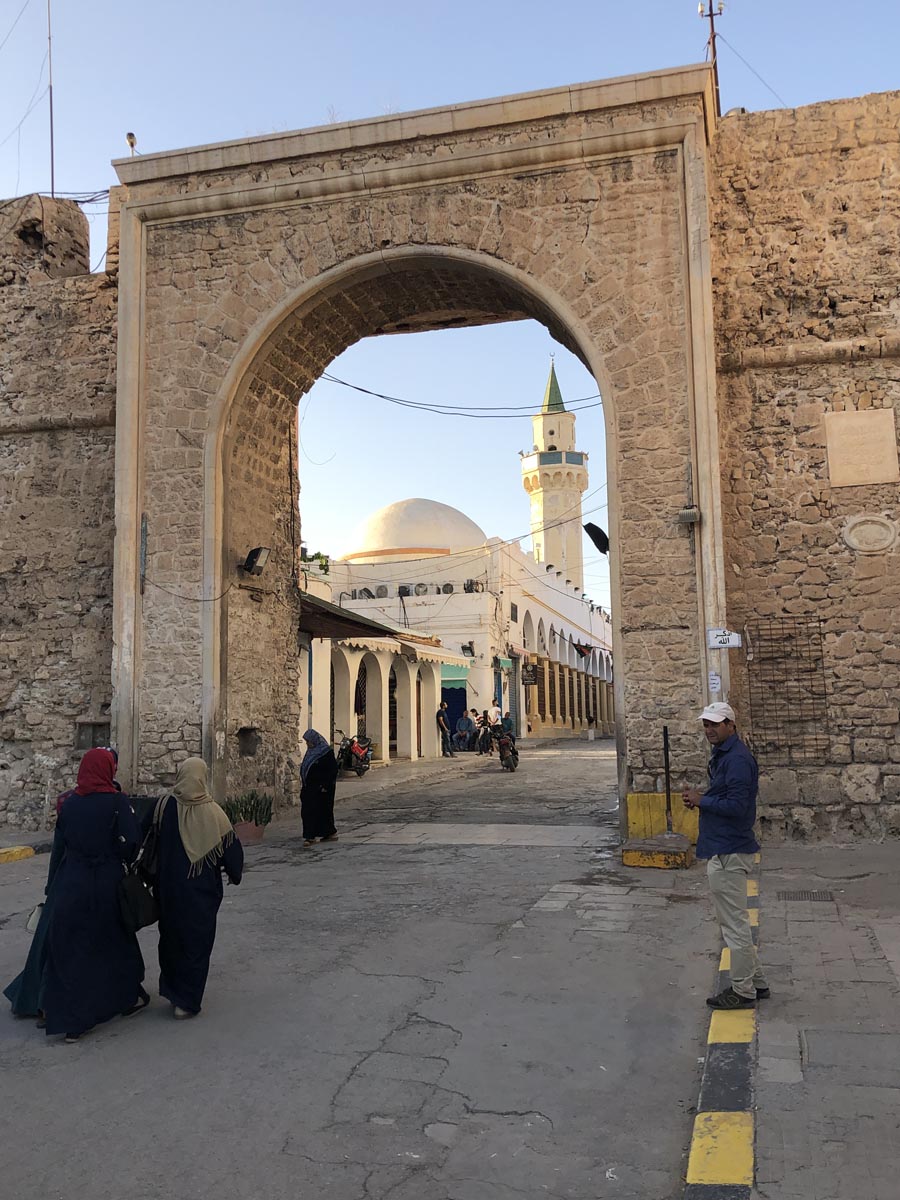


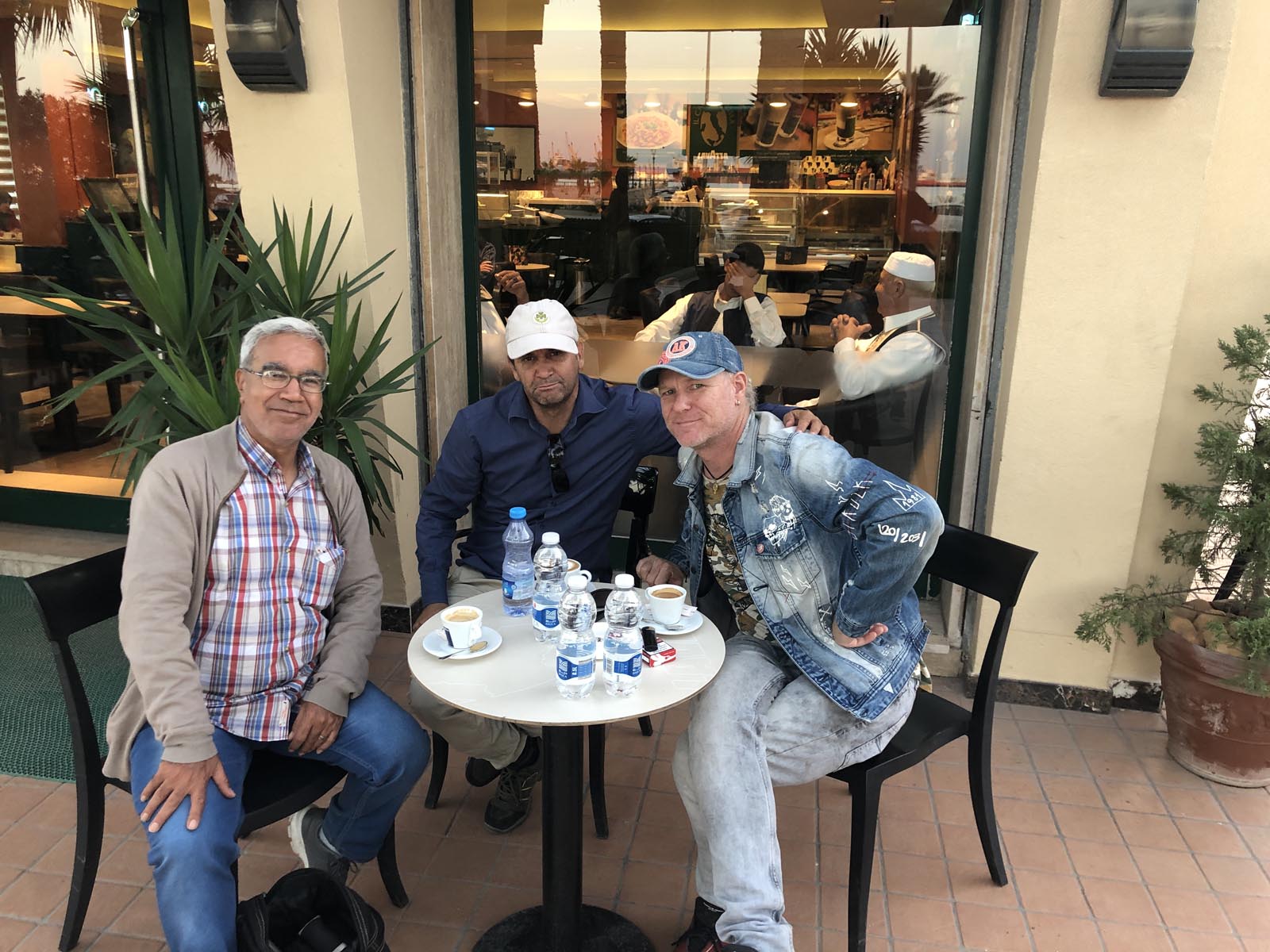
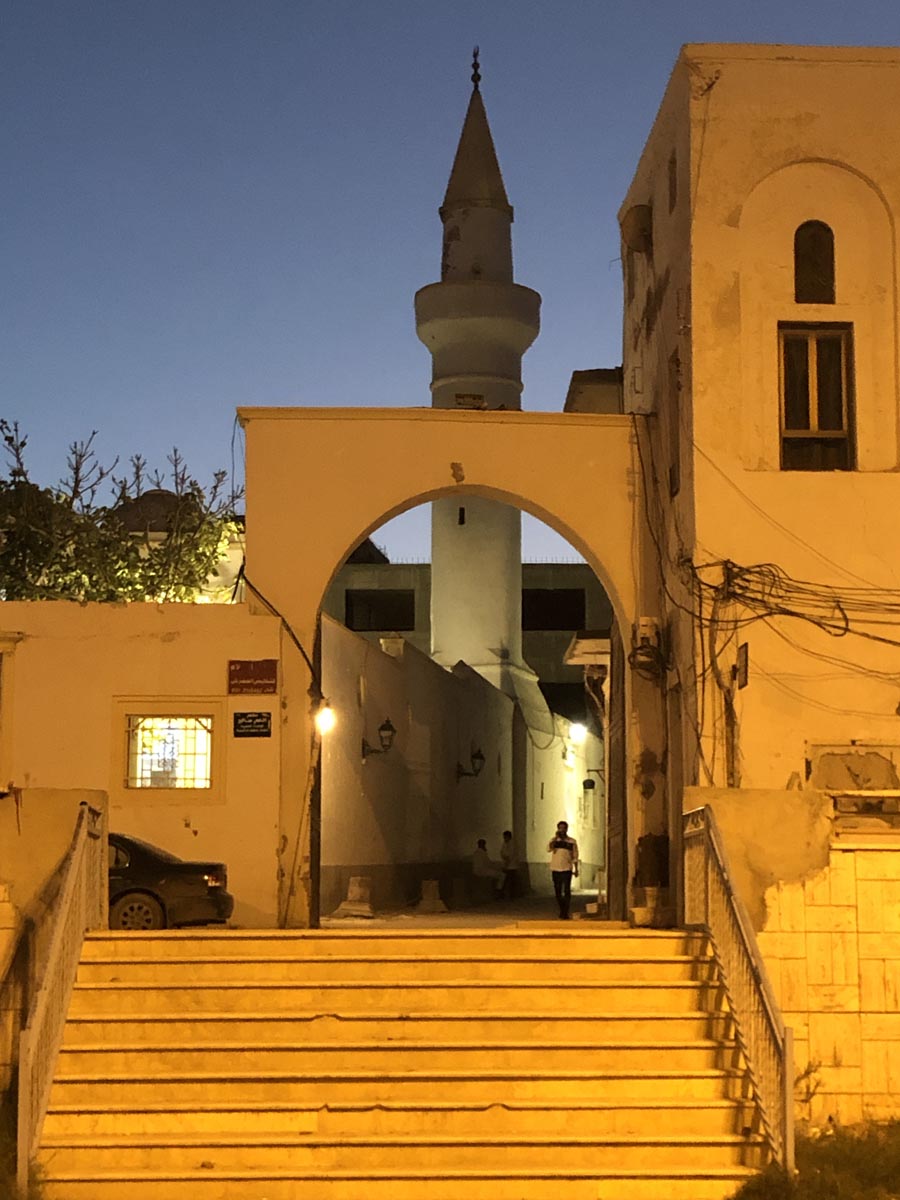
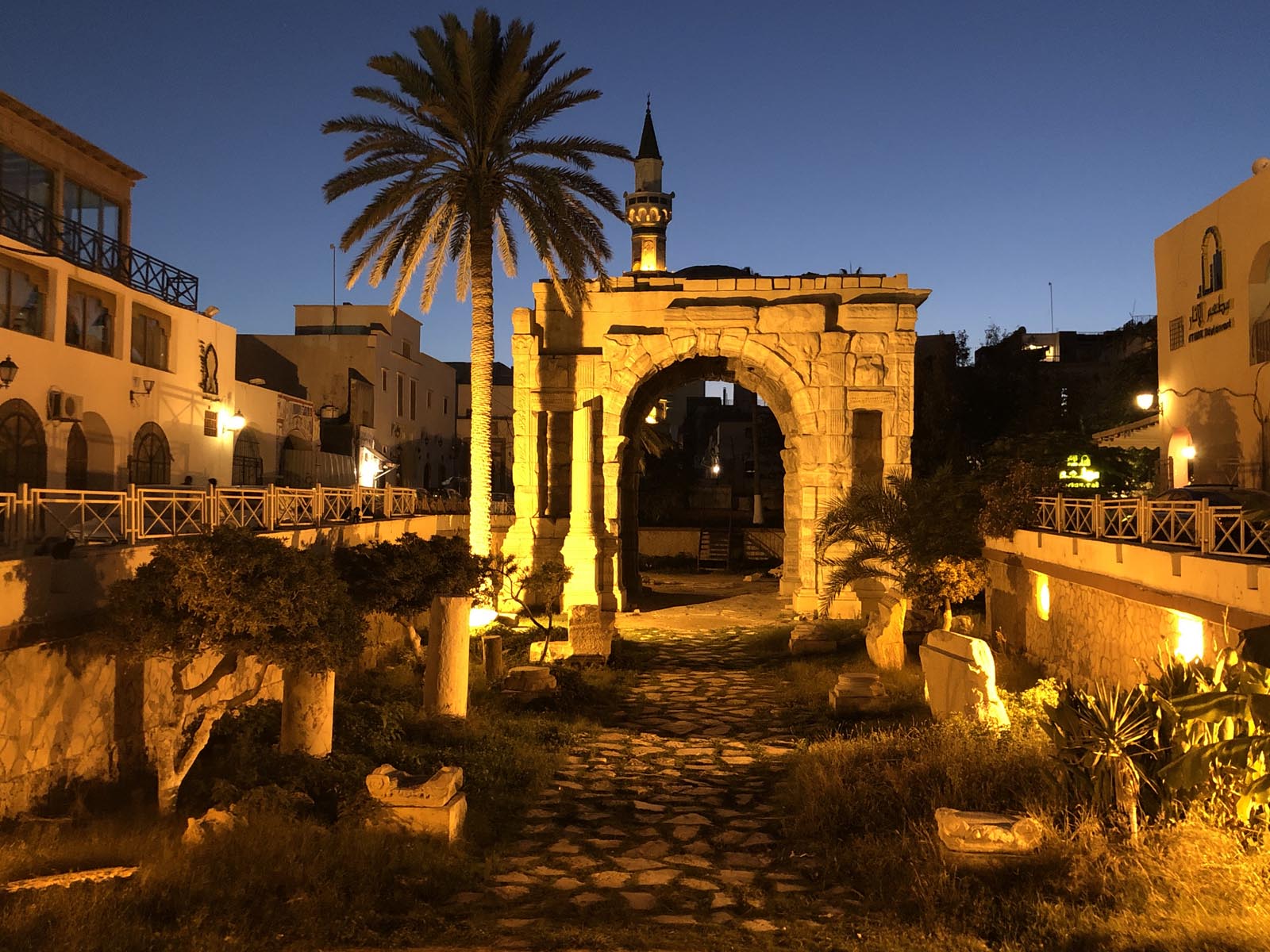
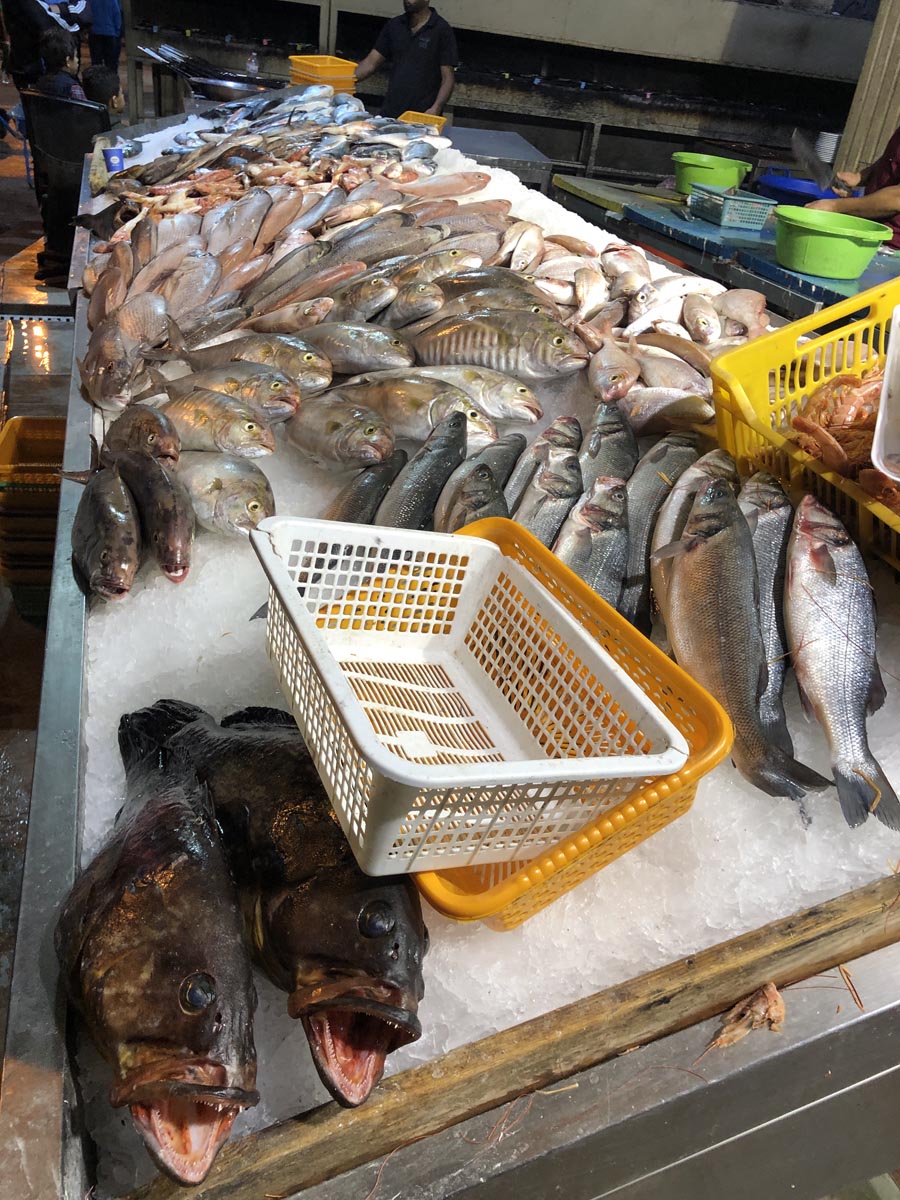
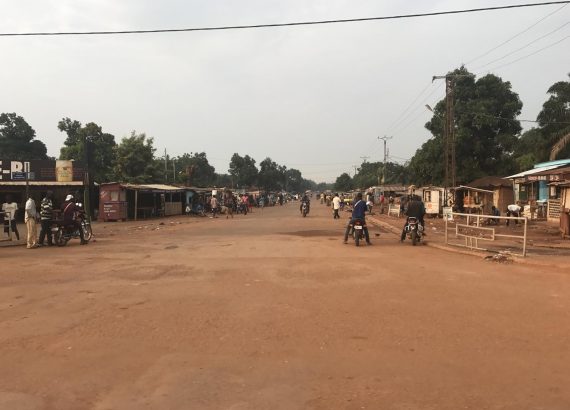
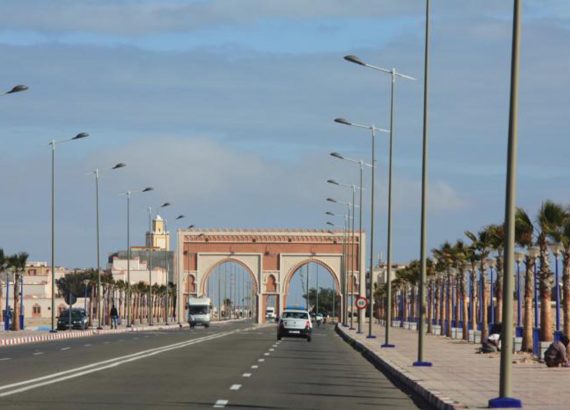
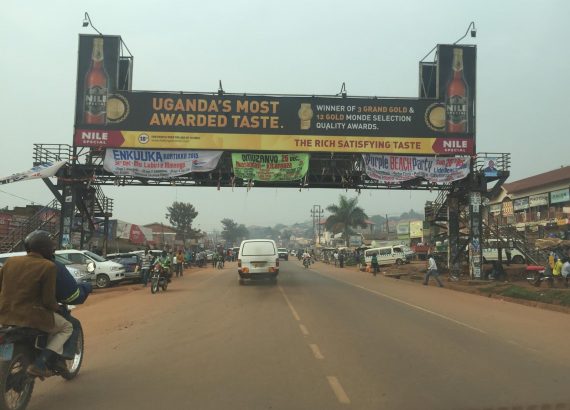
No Comments